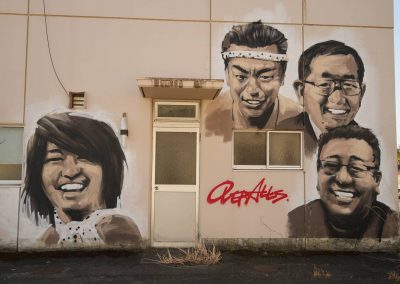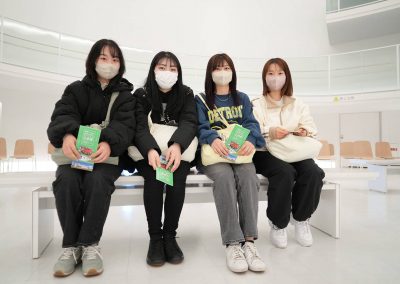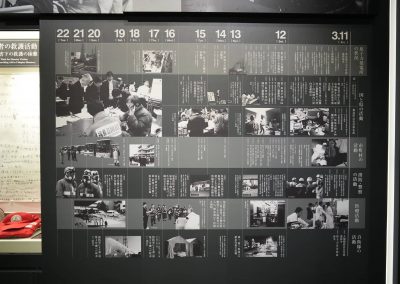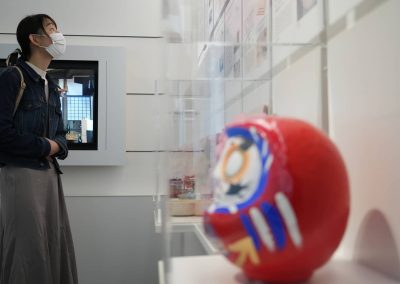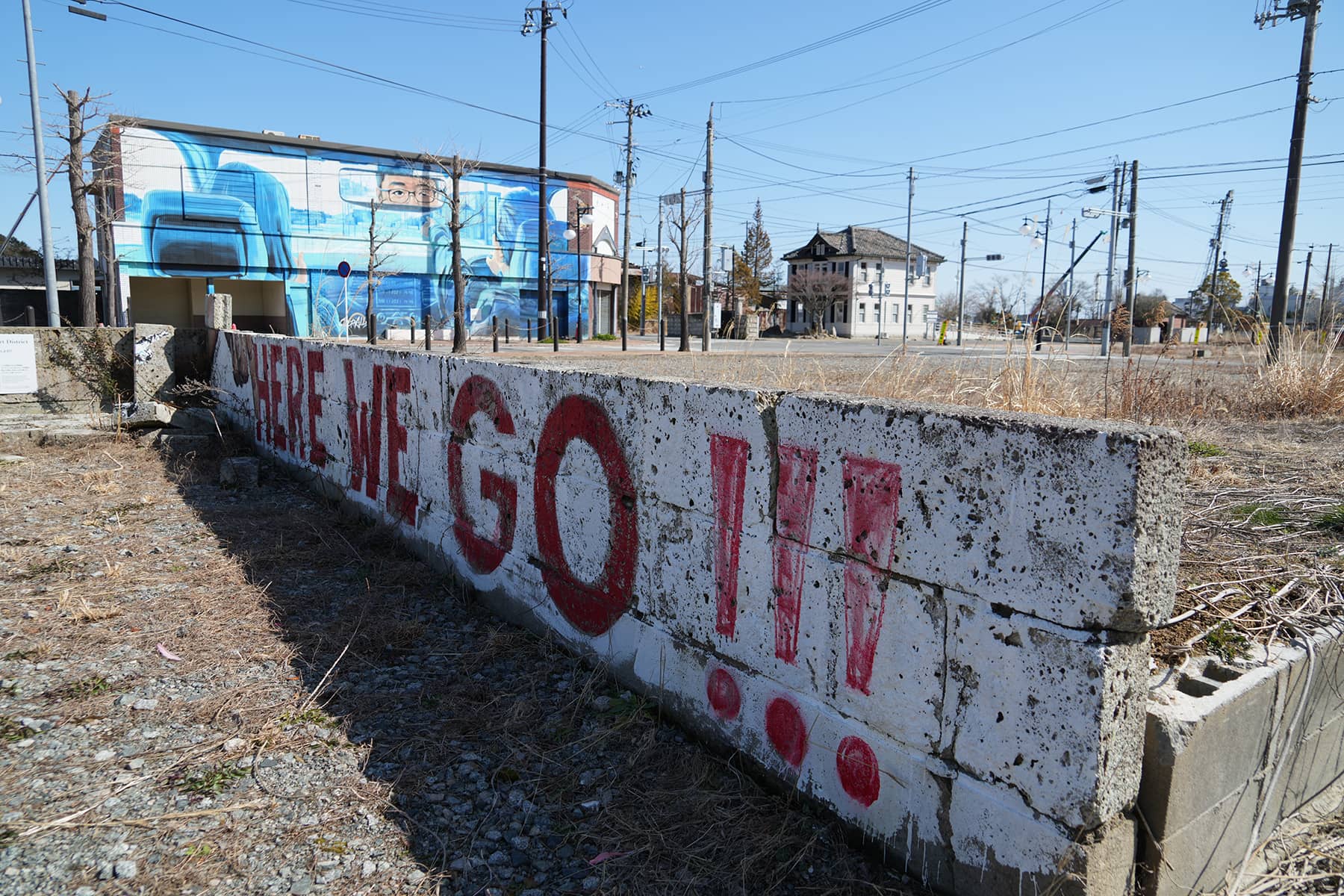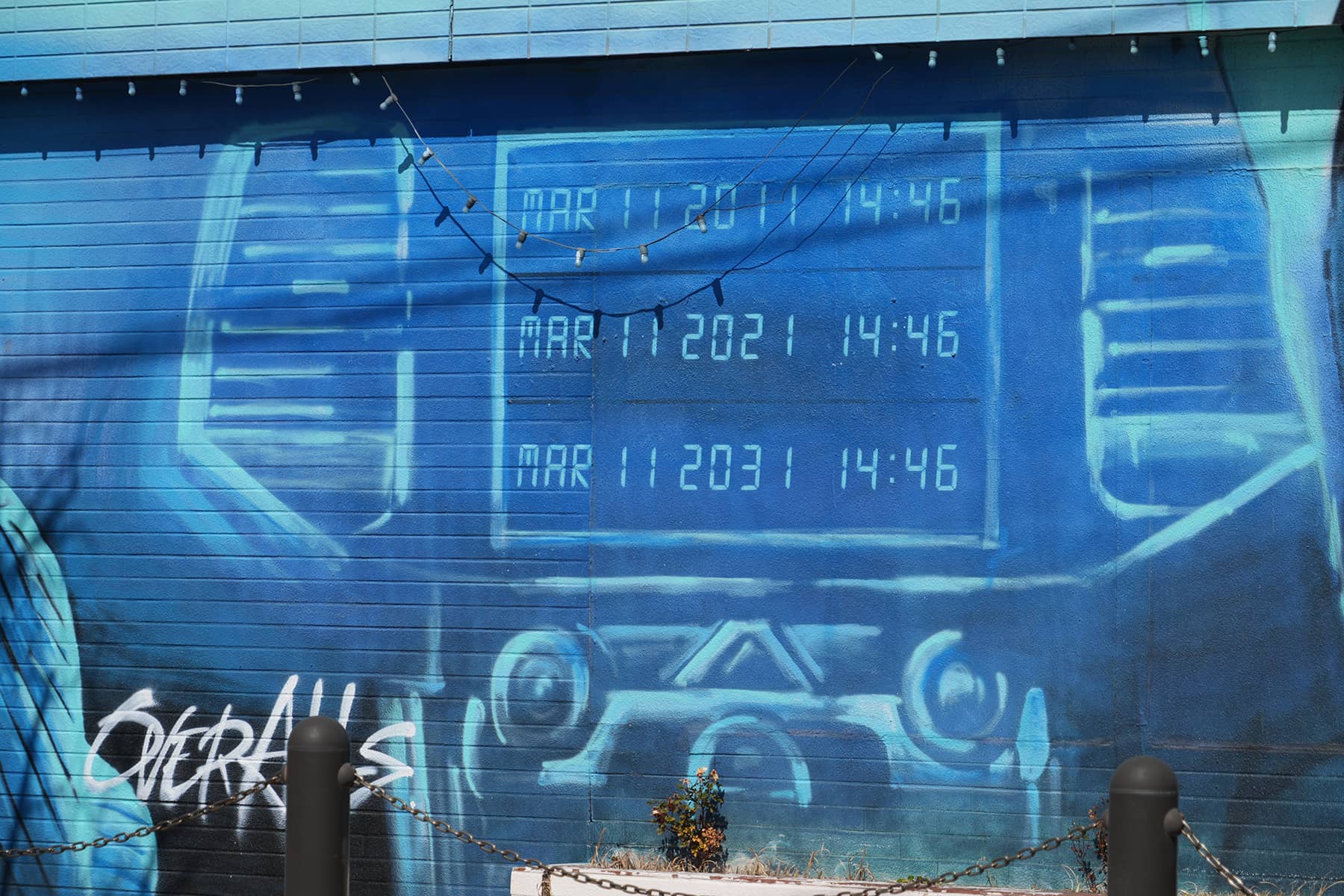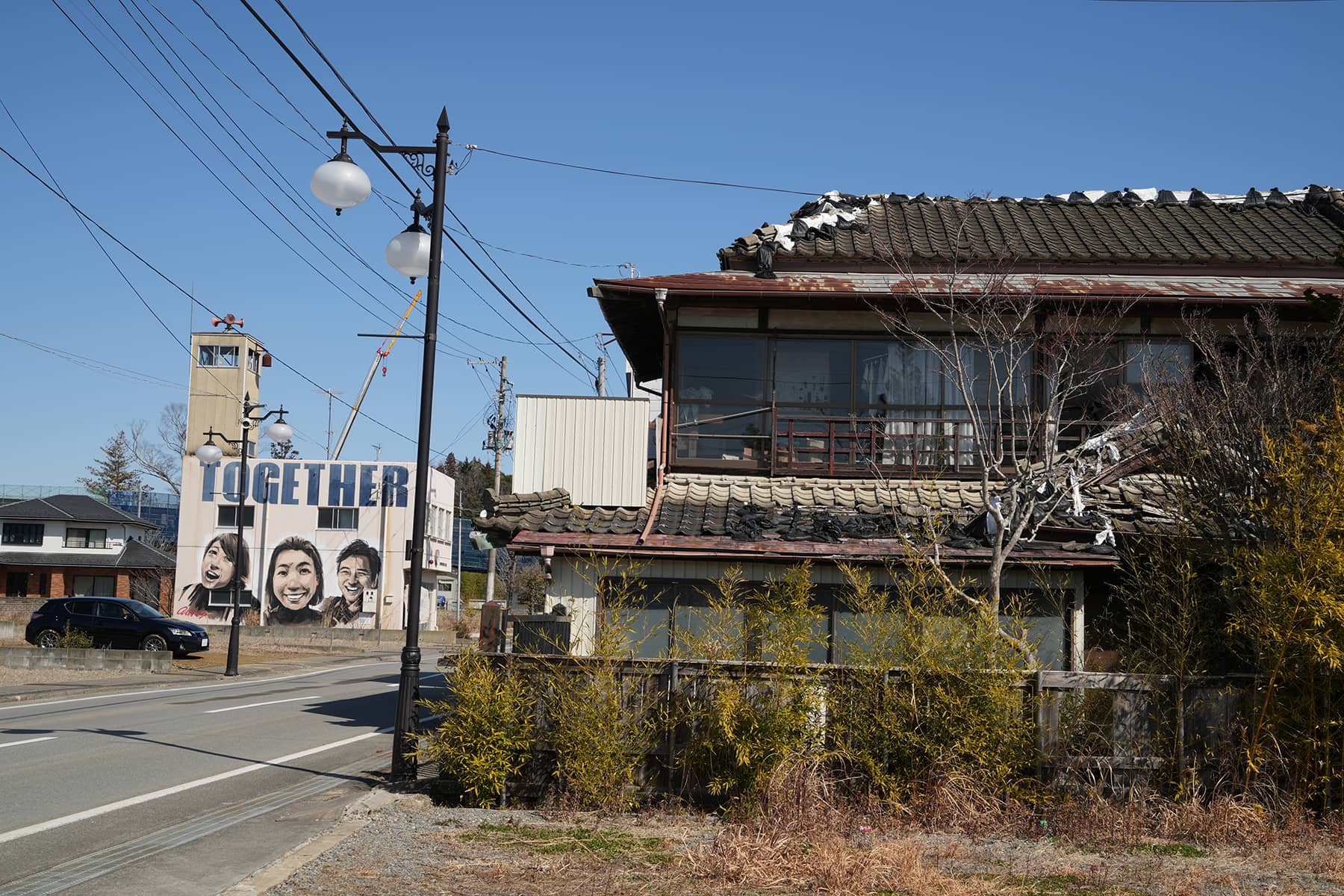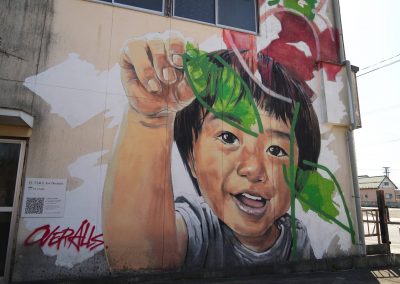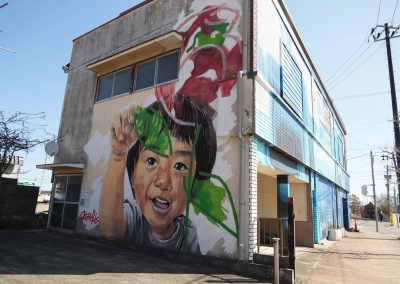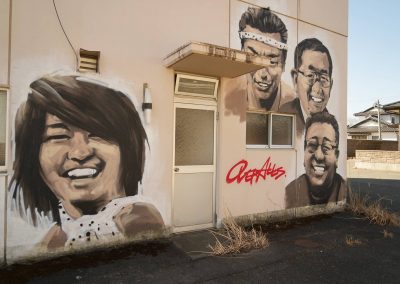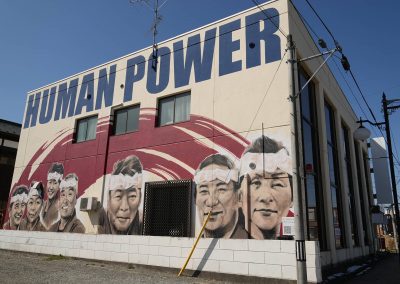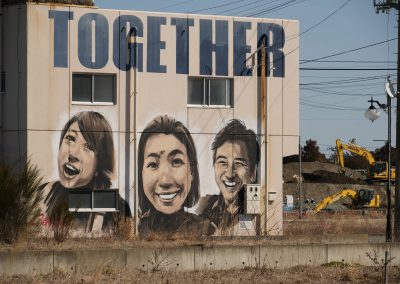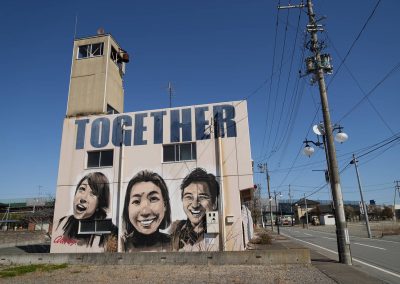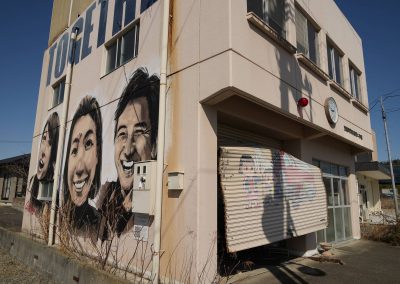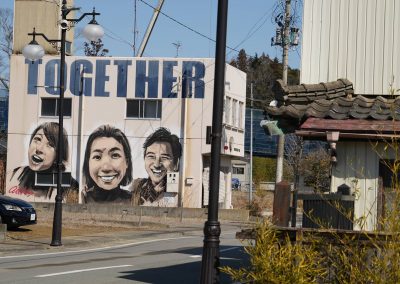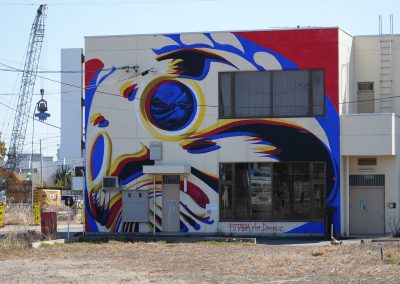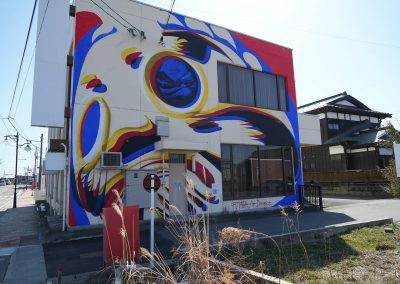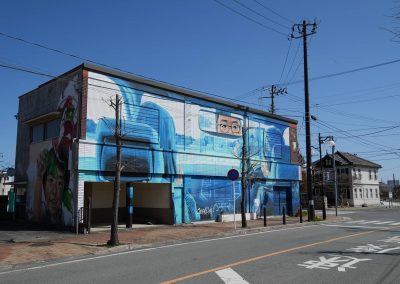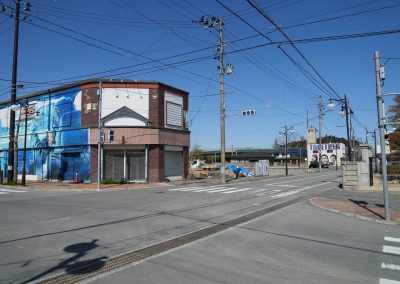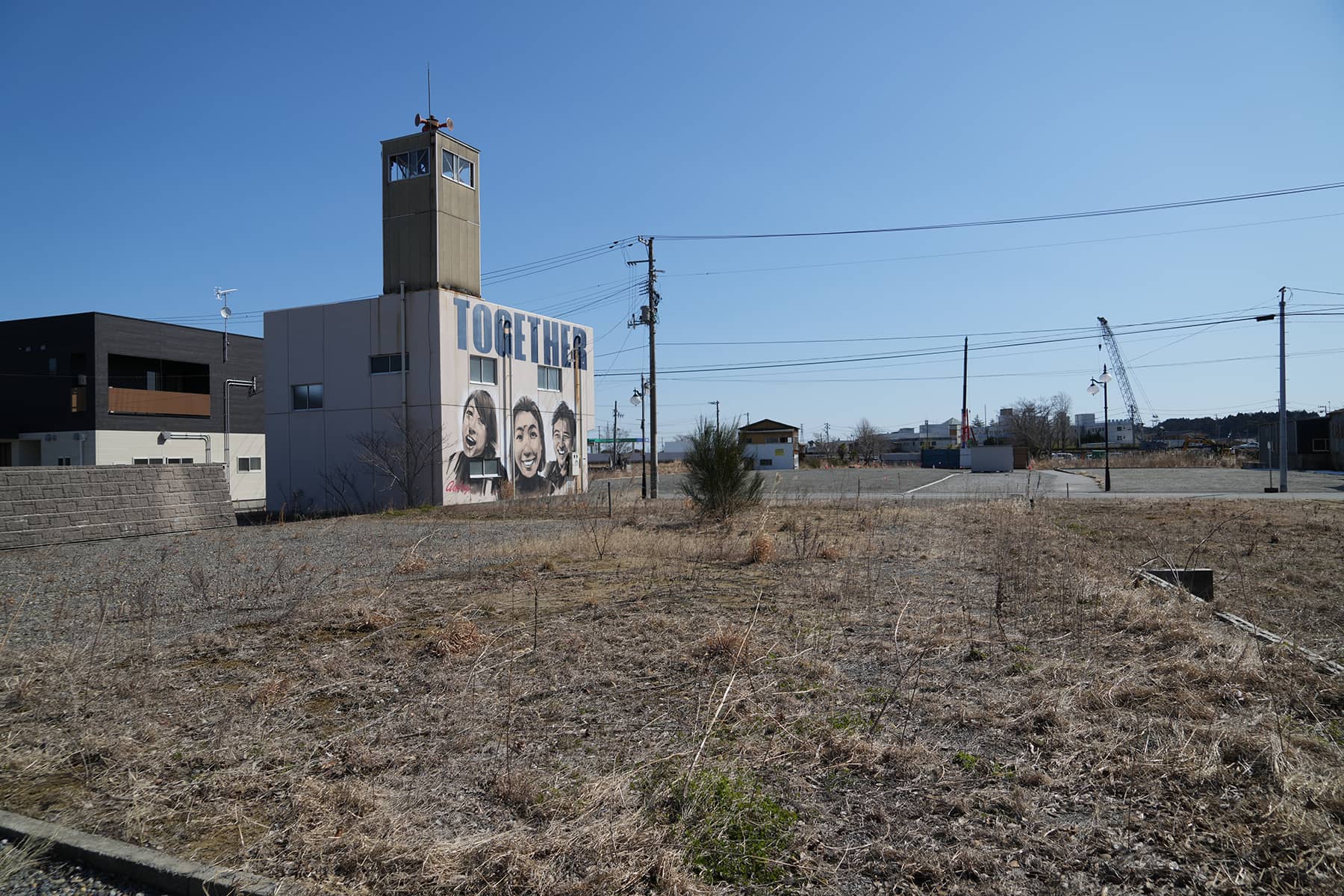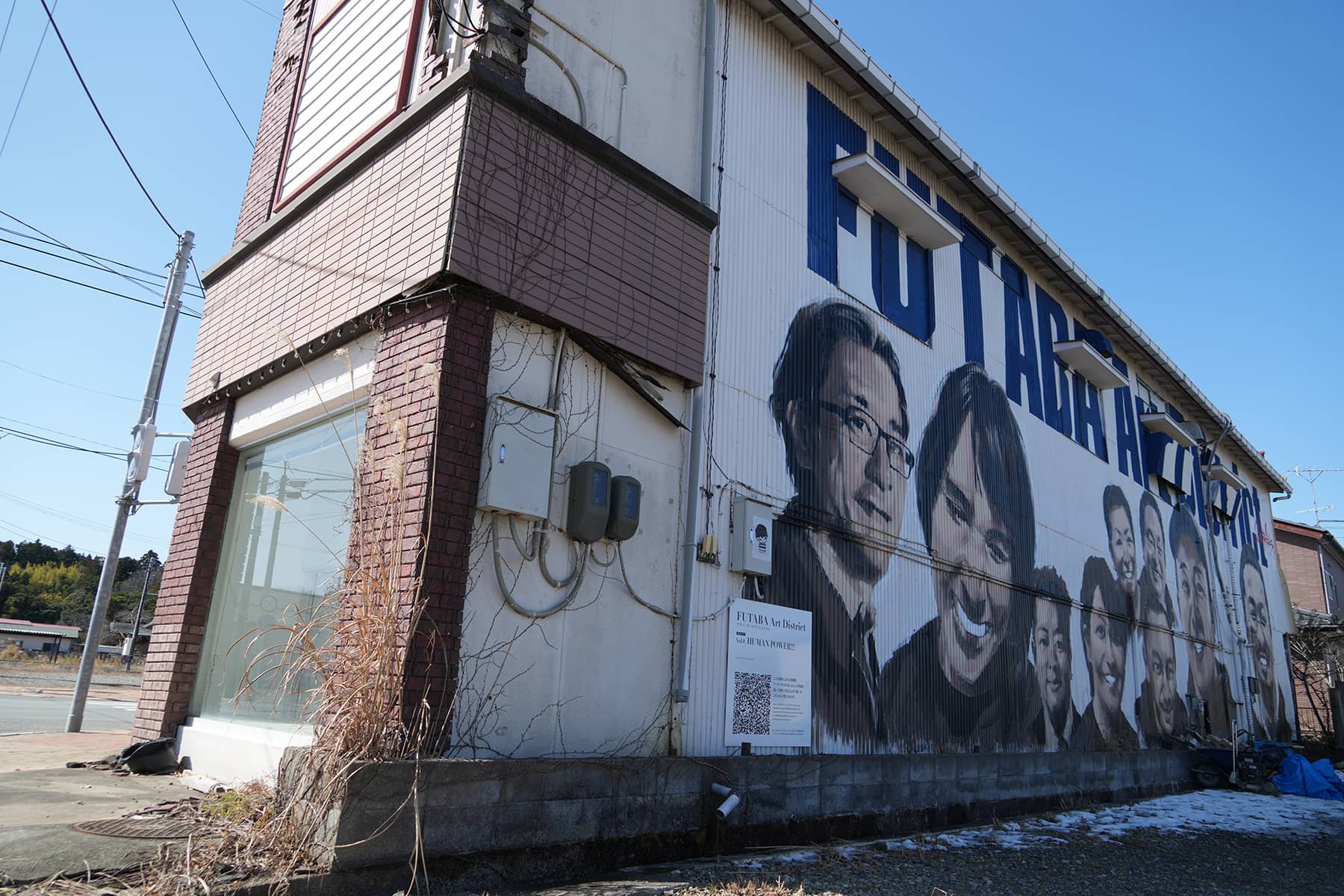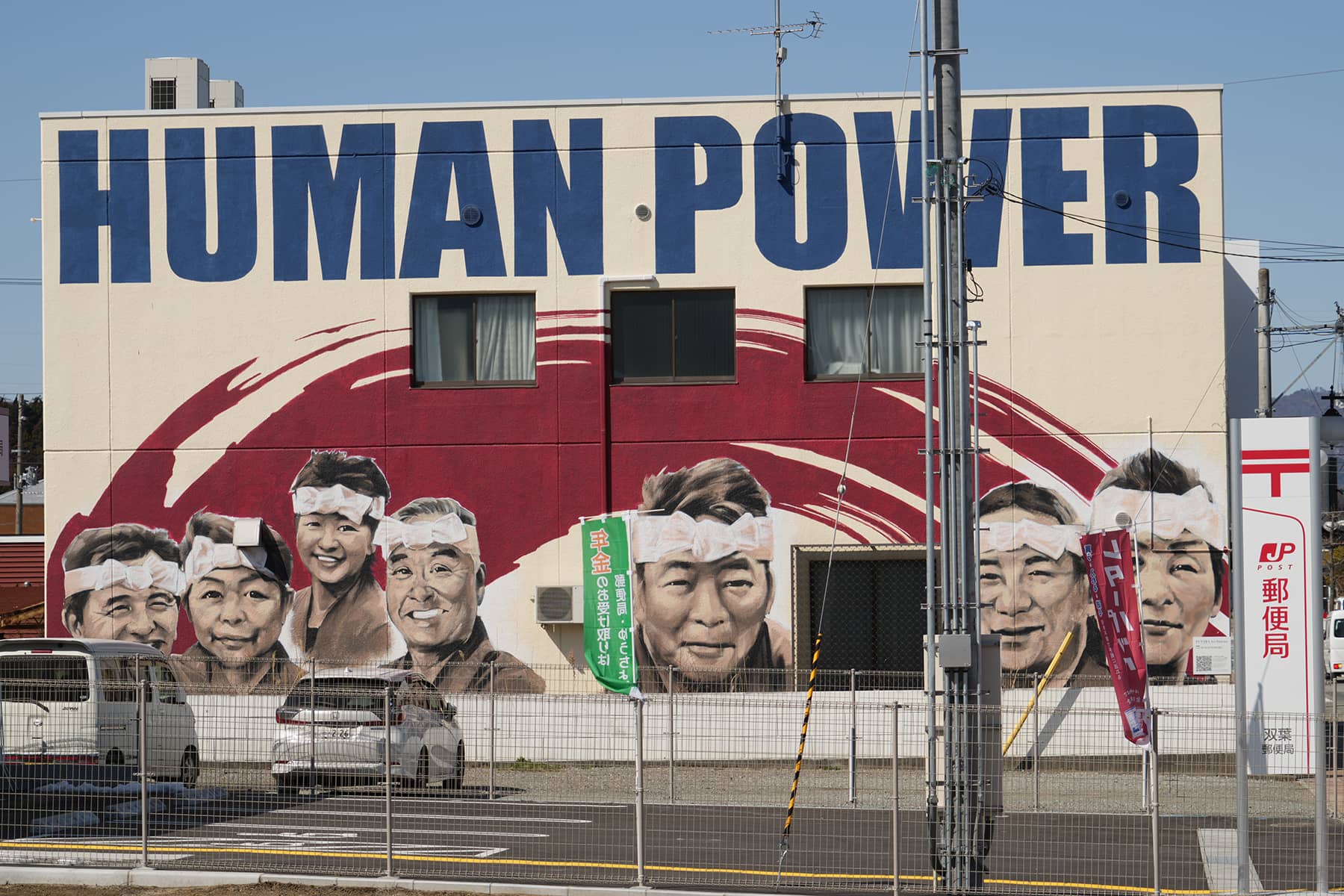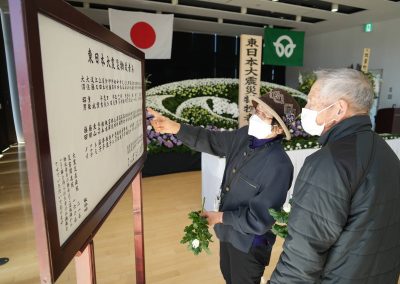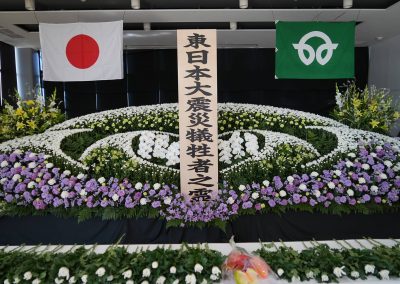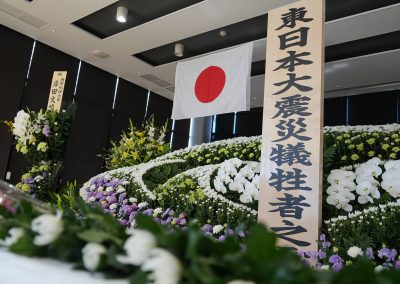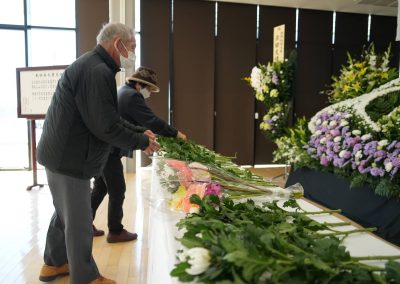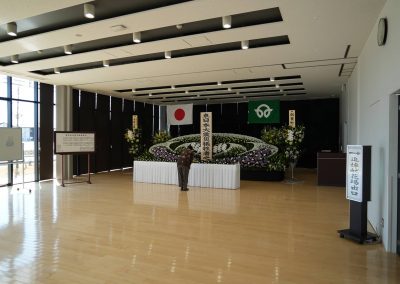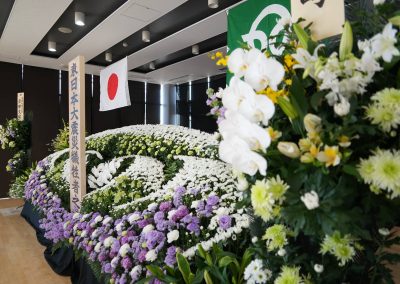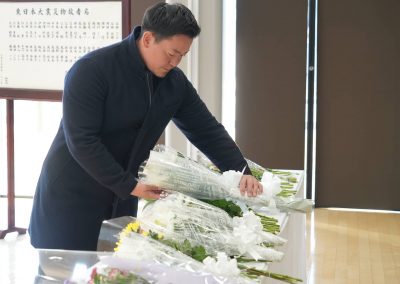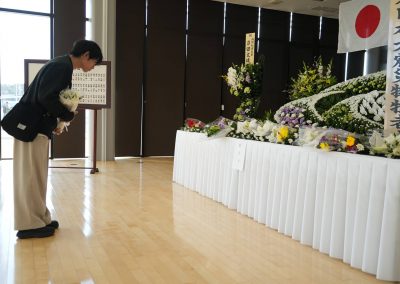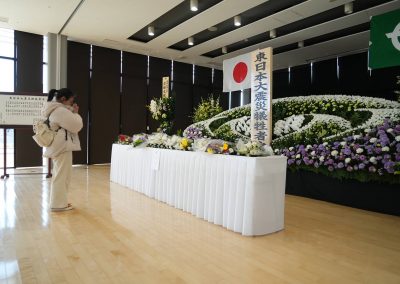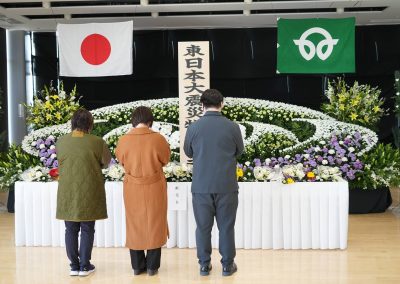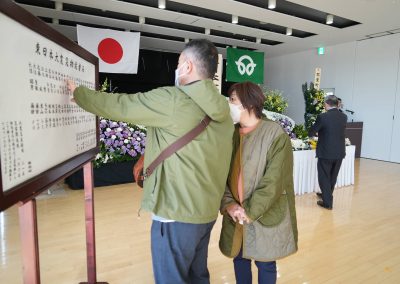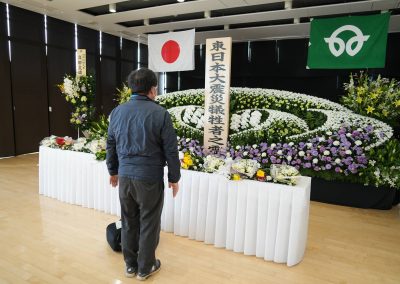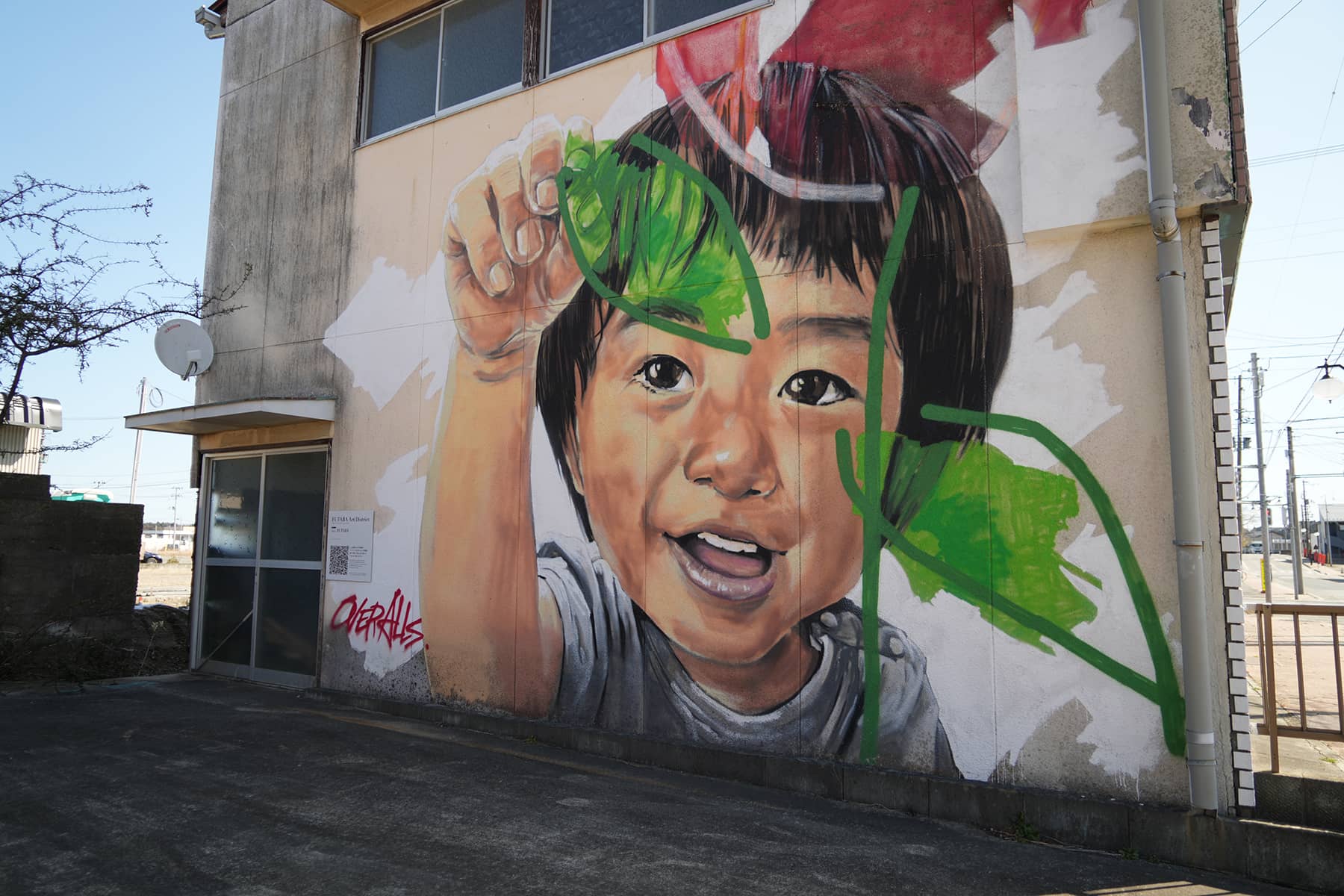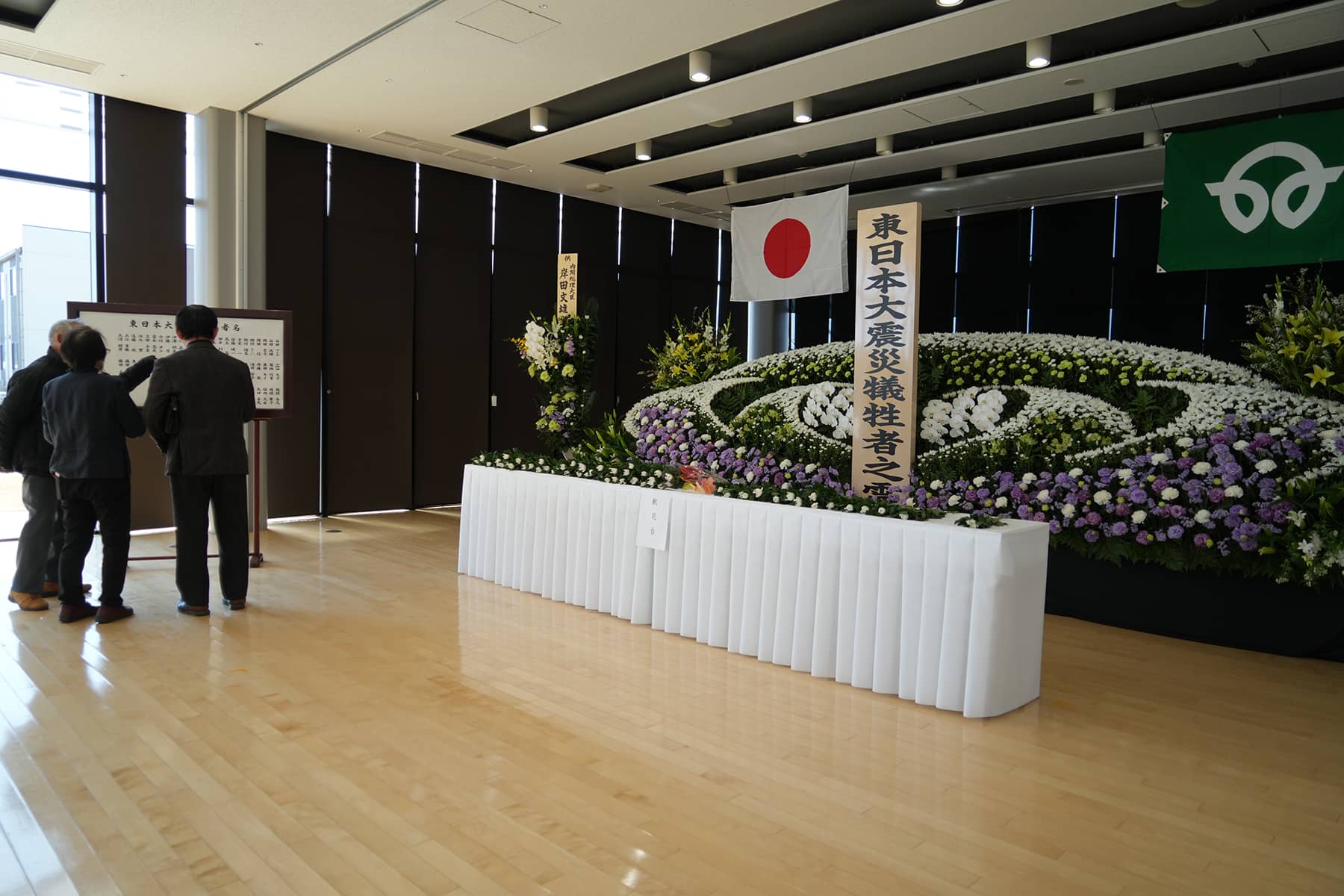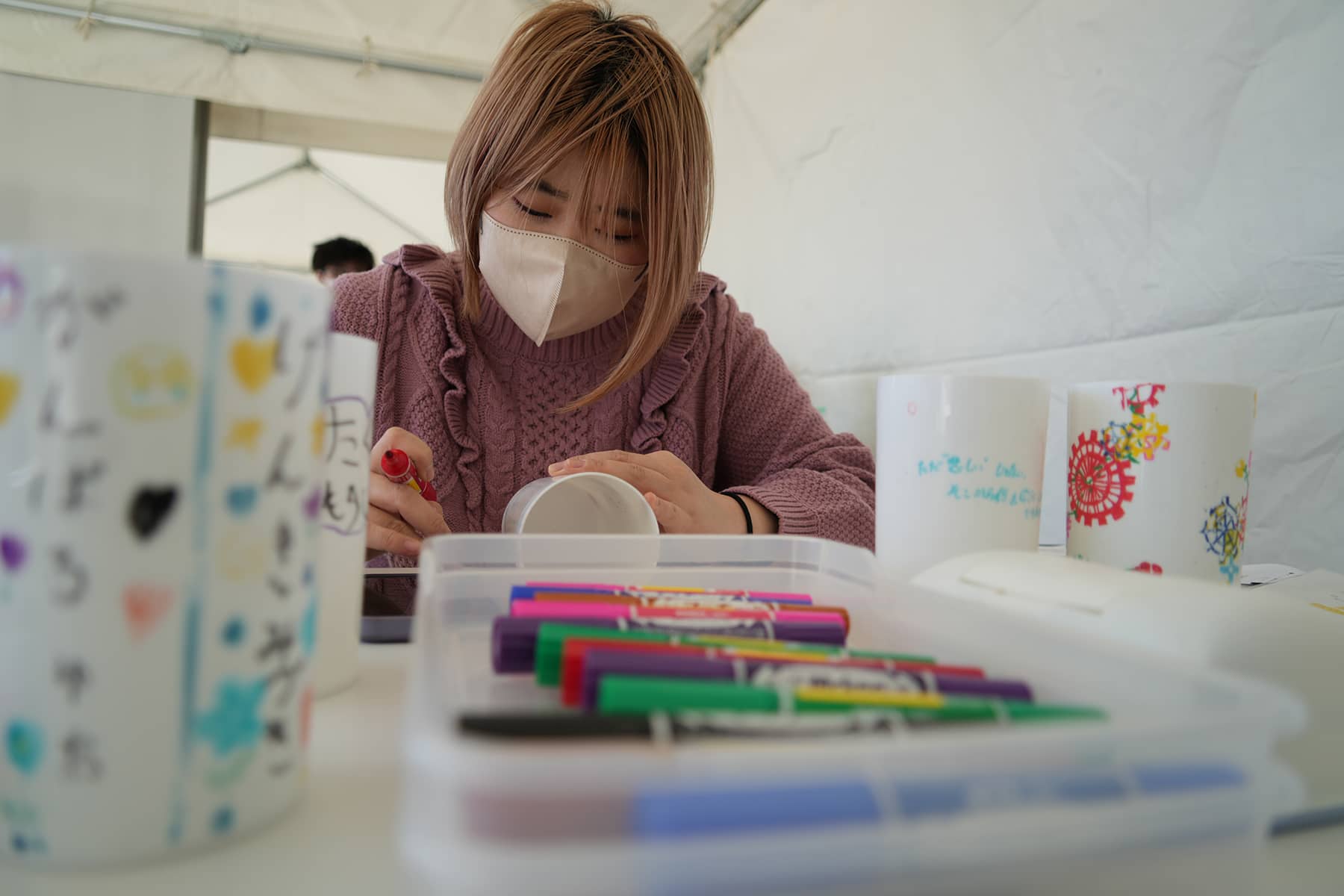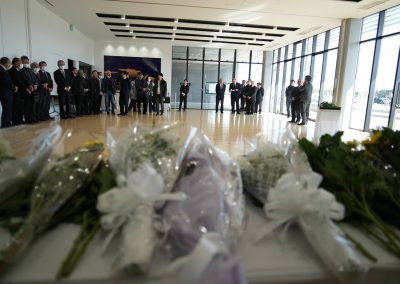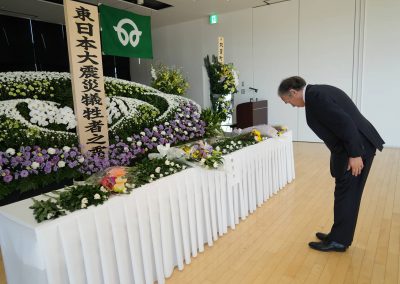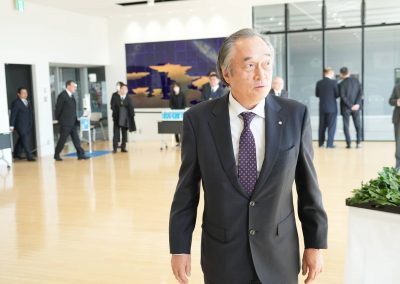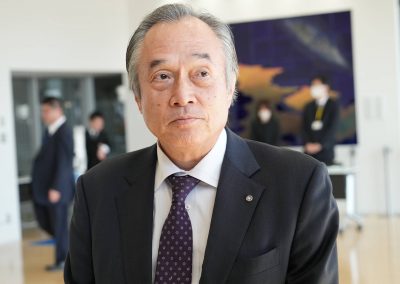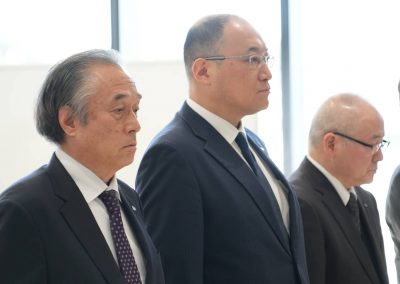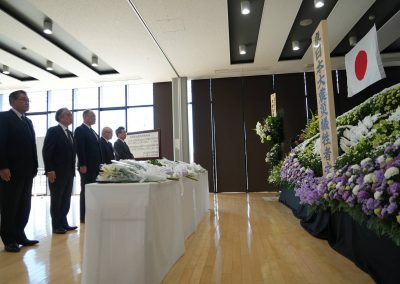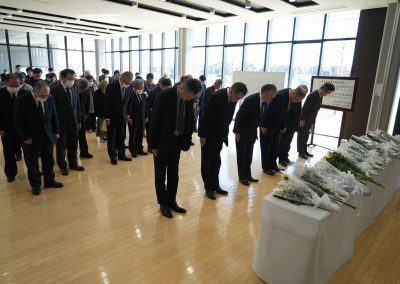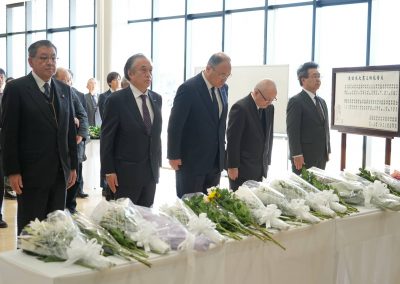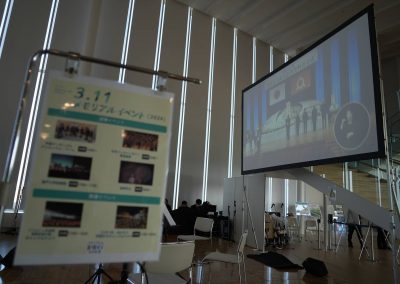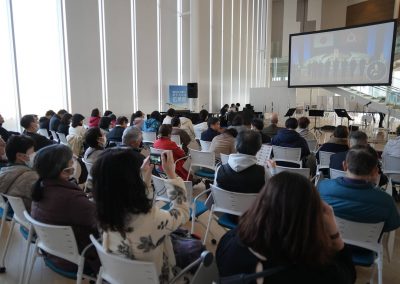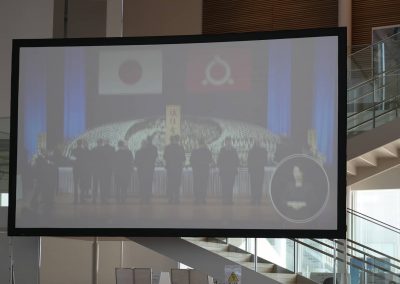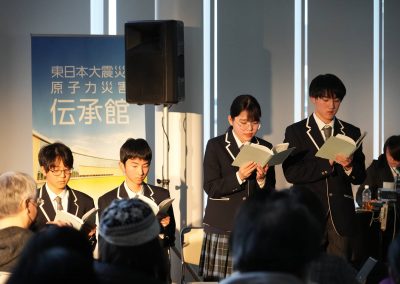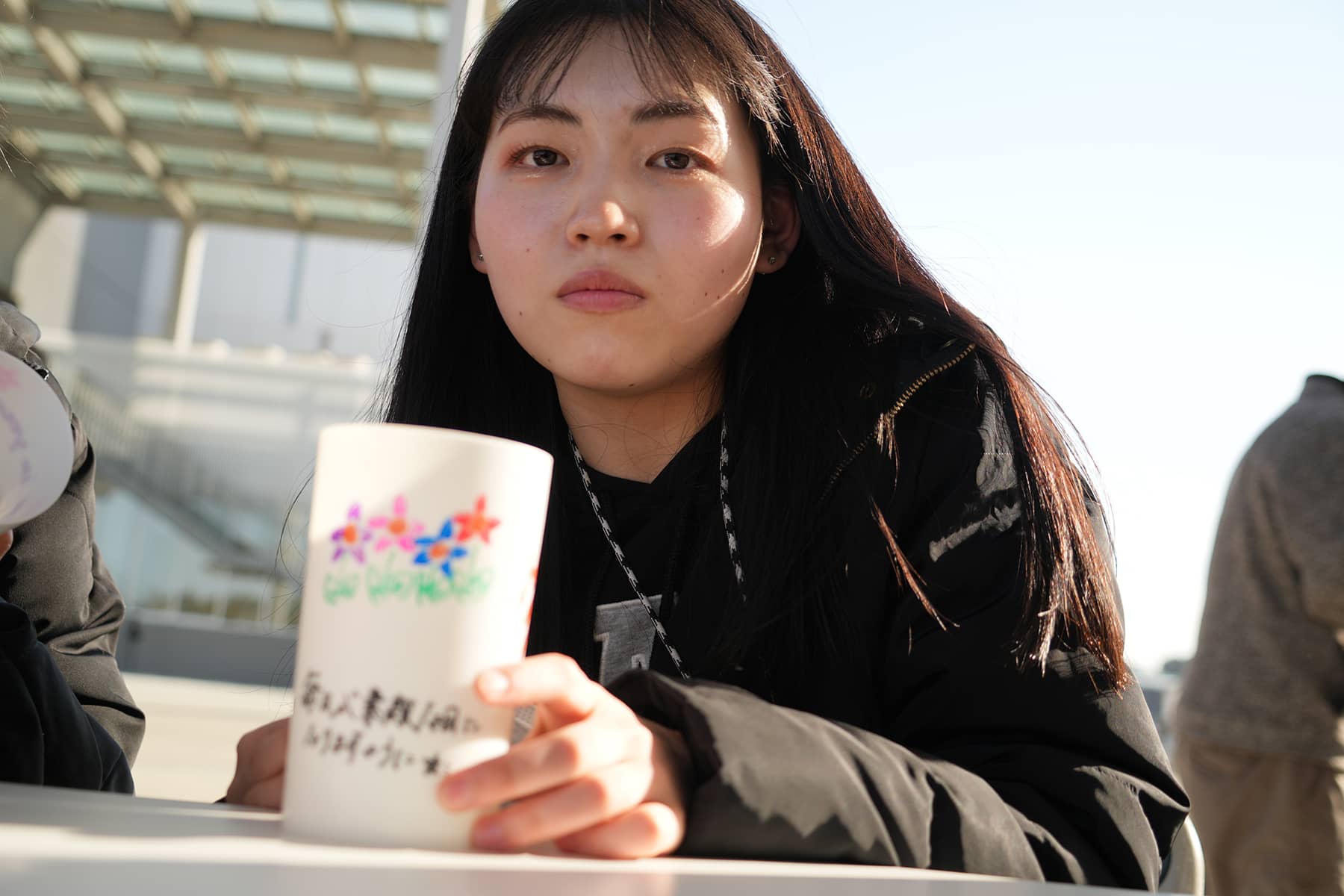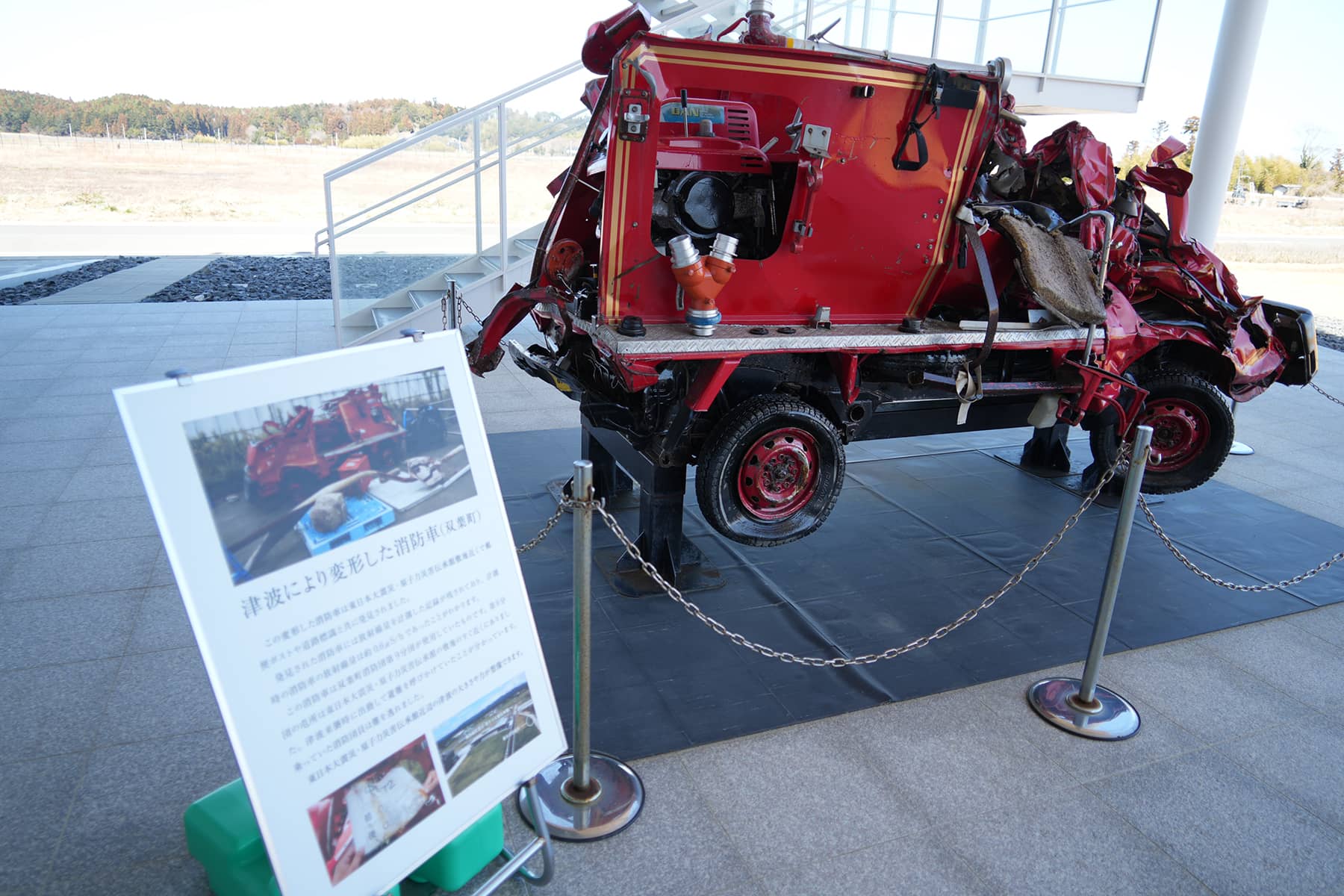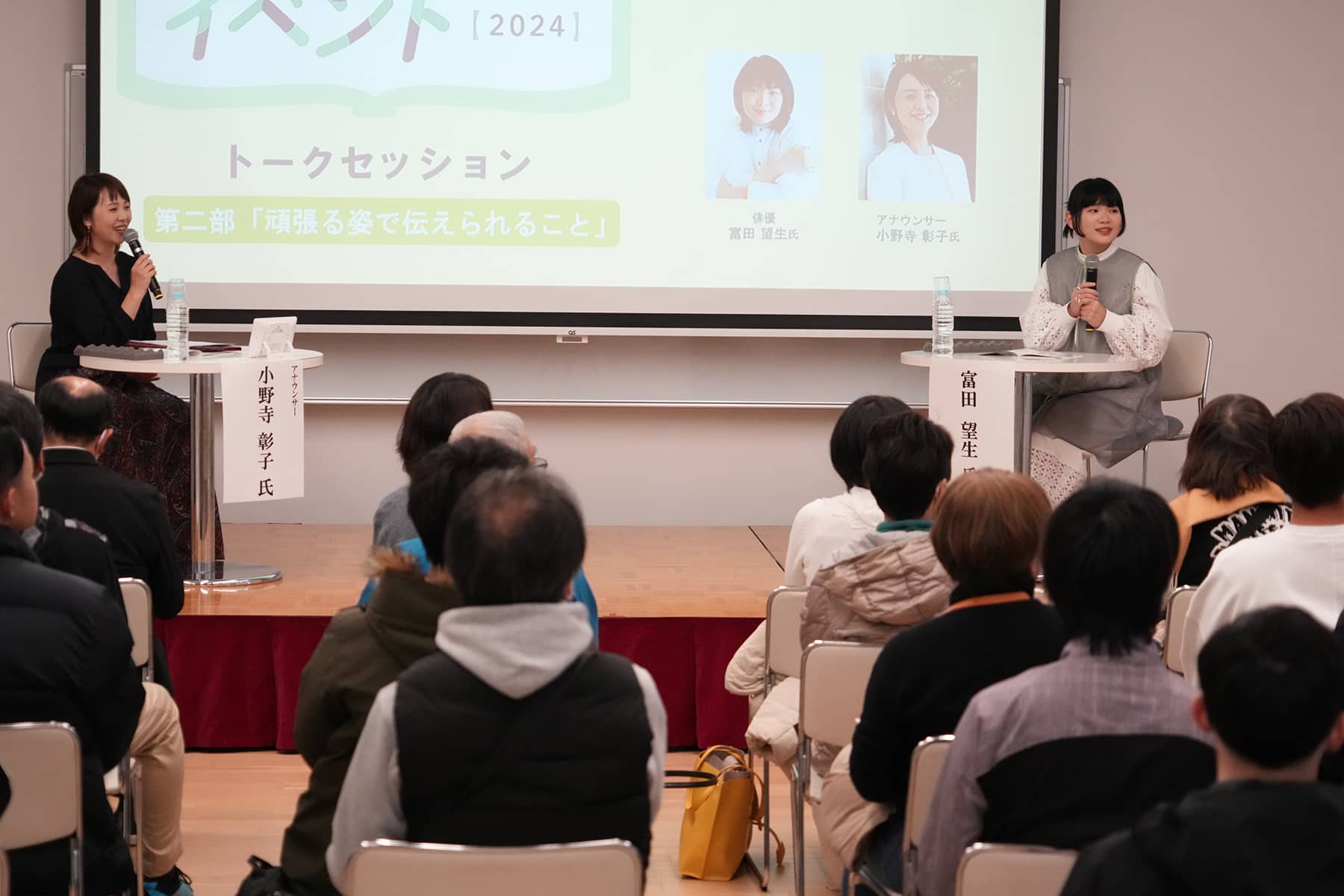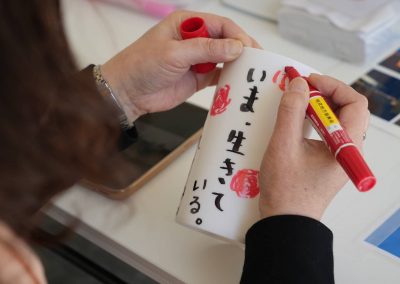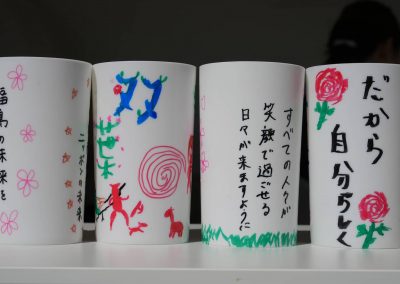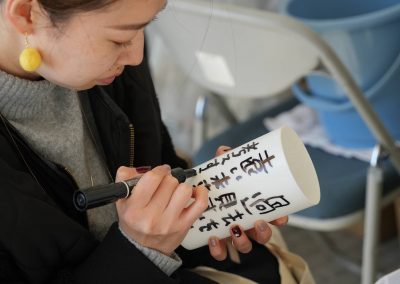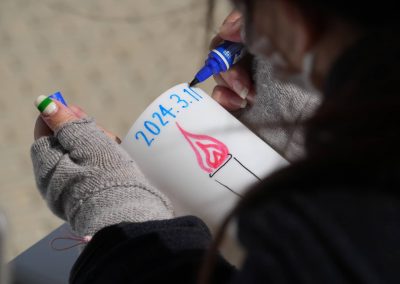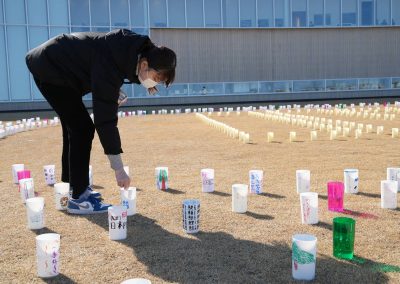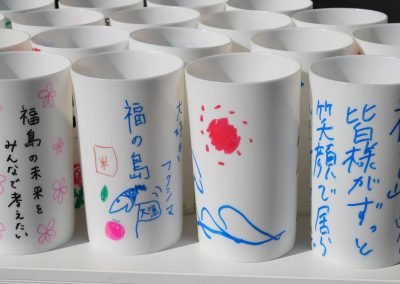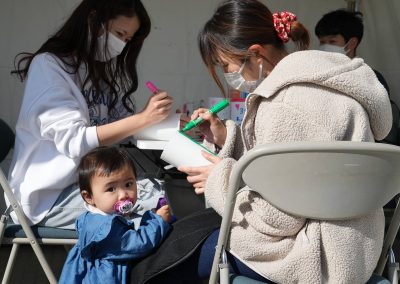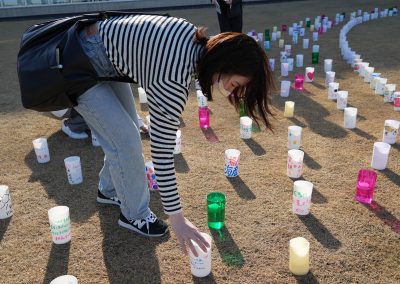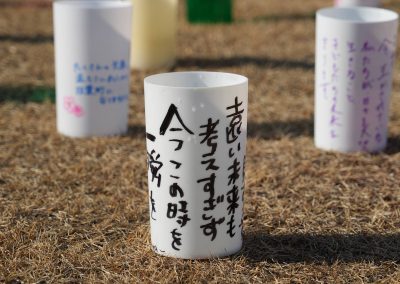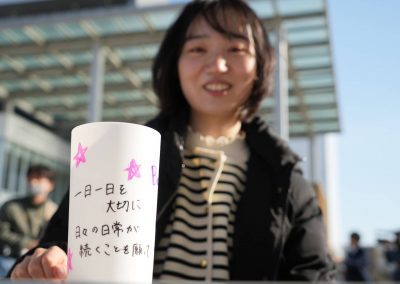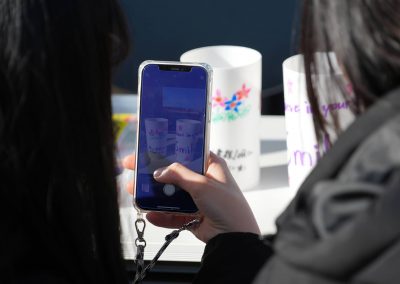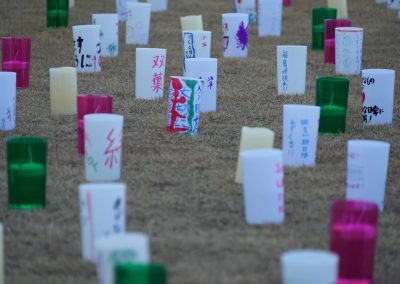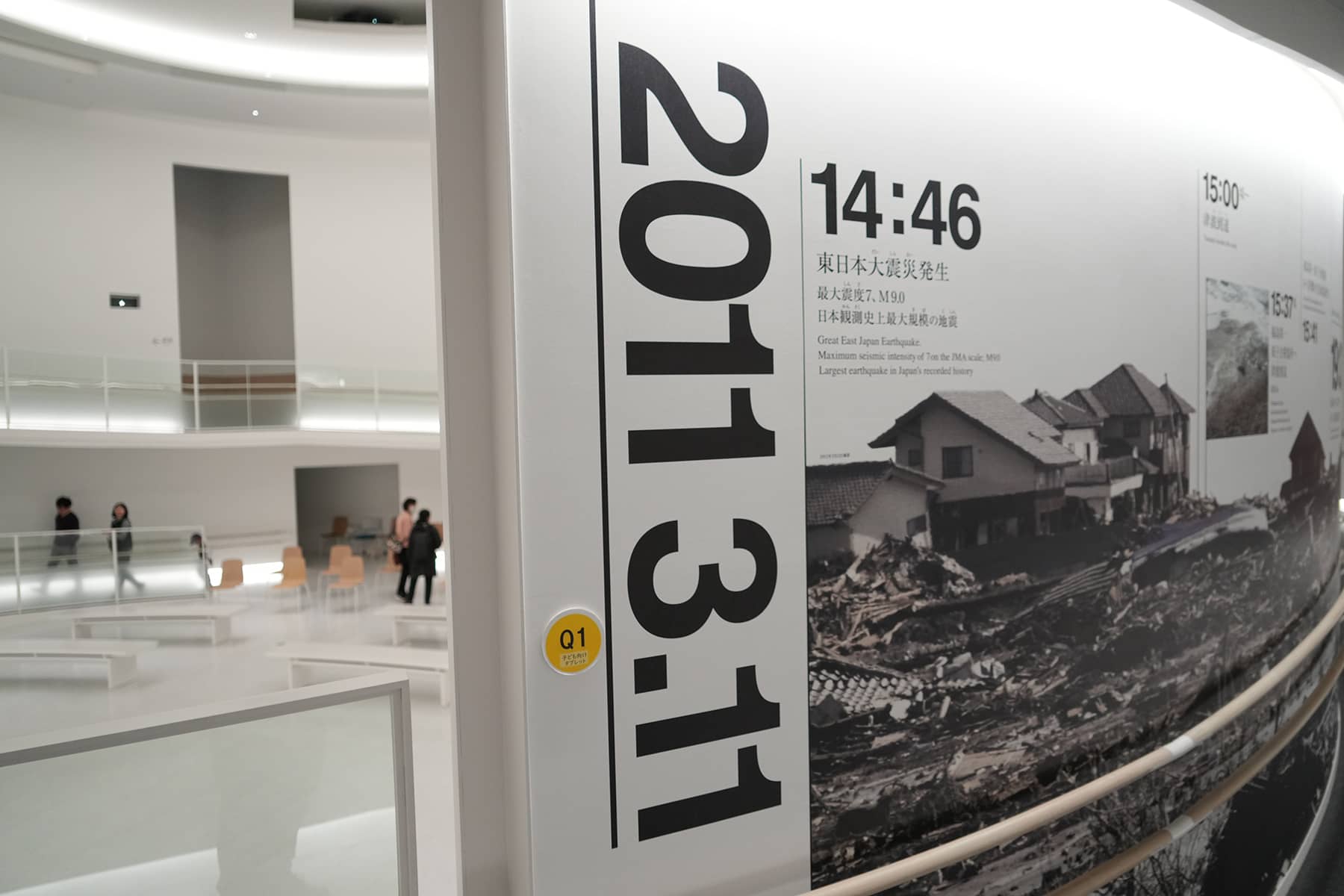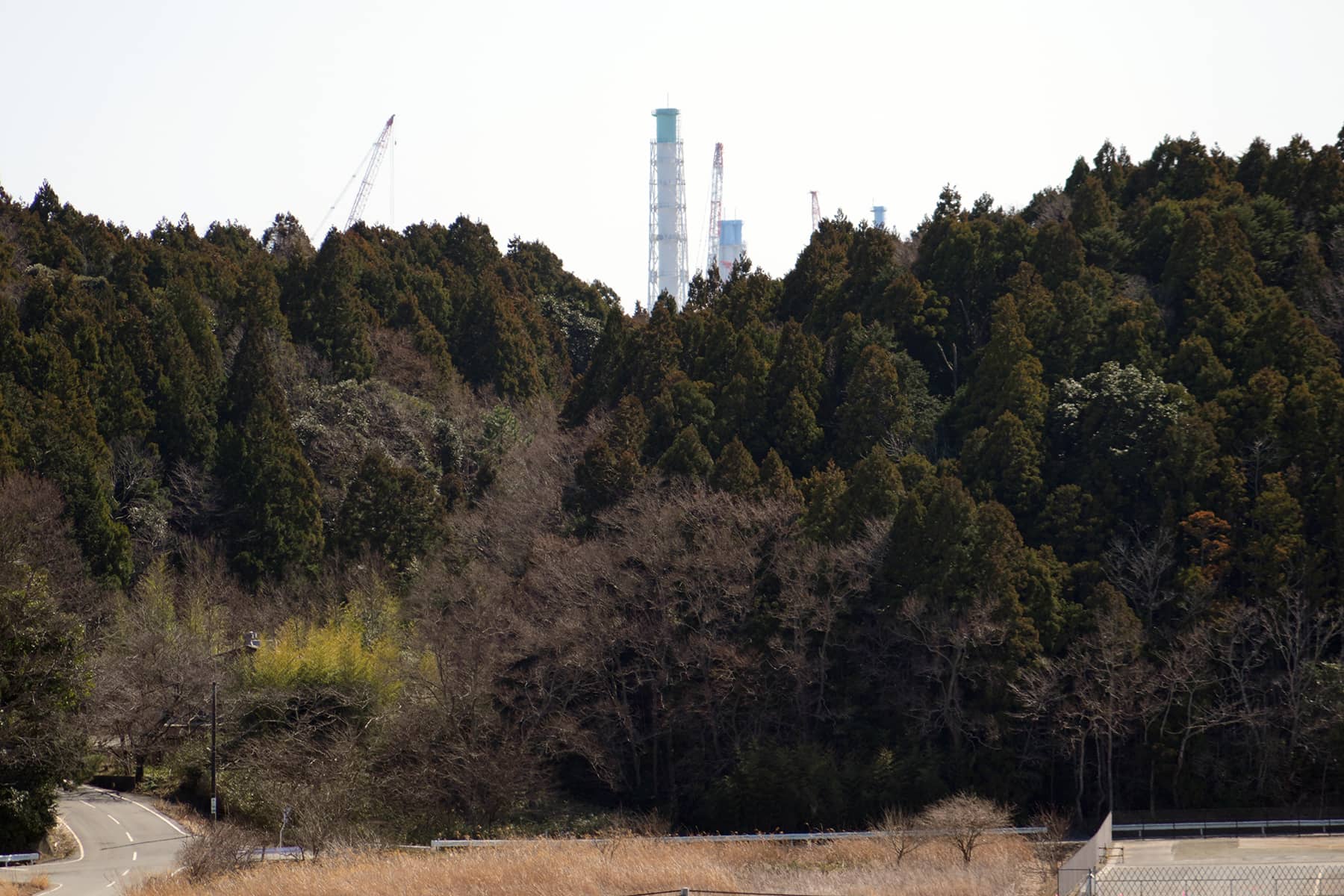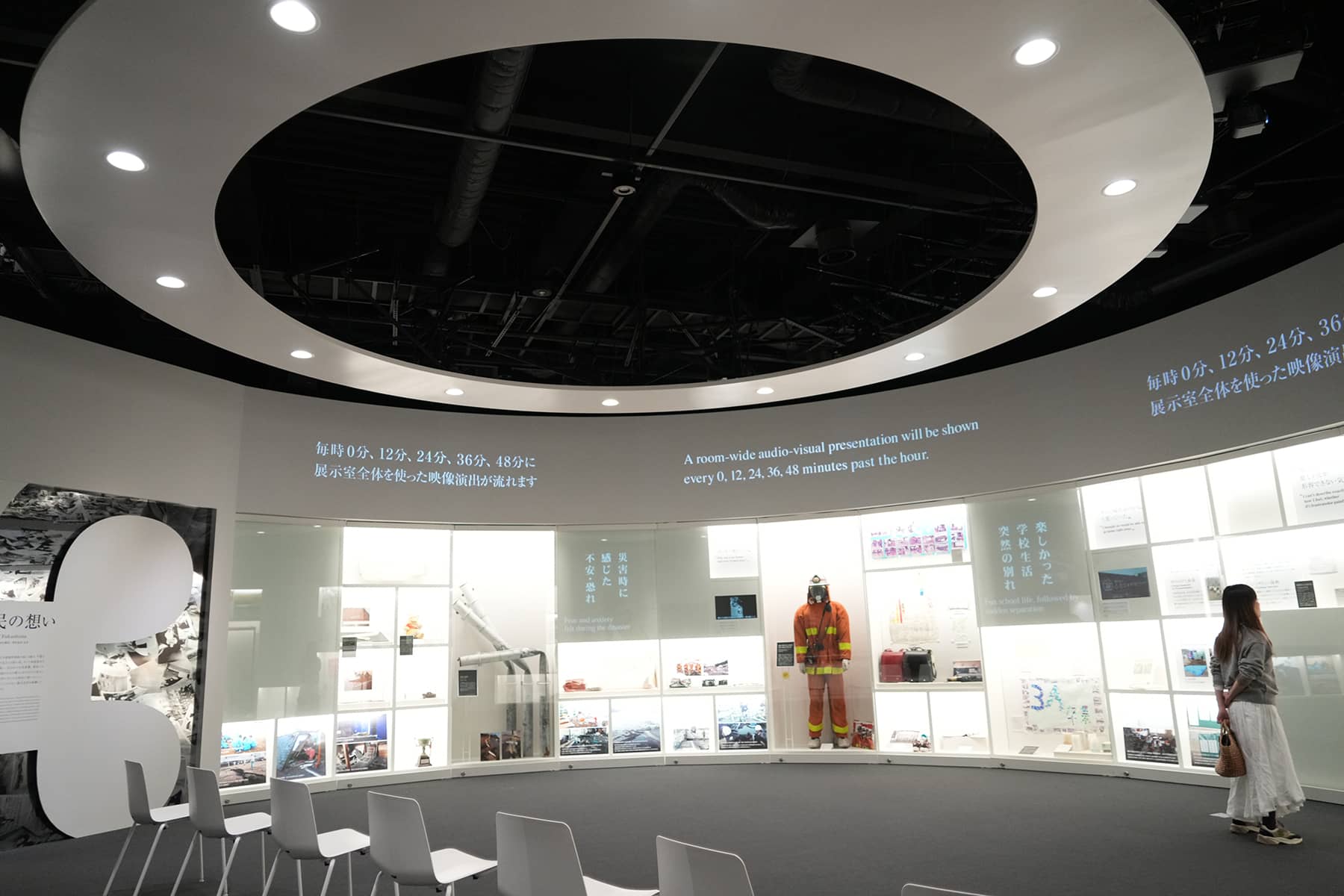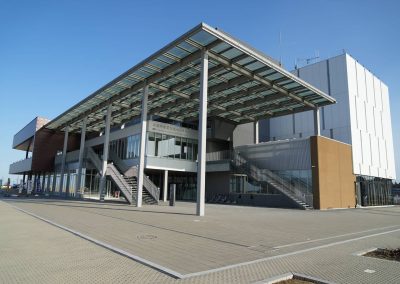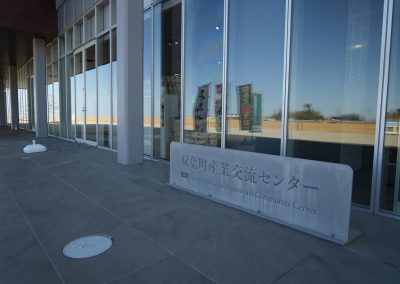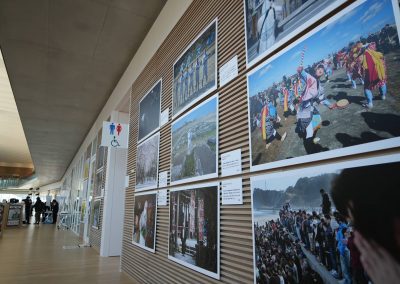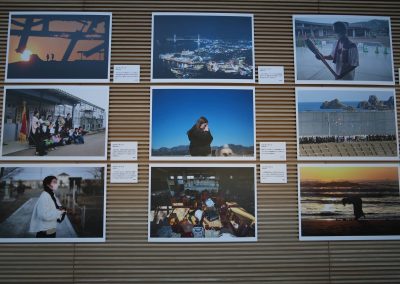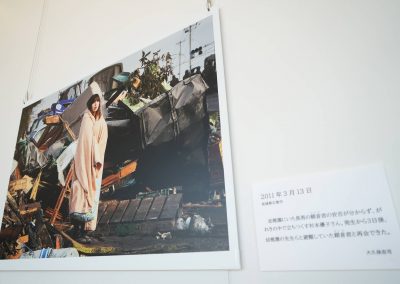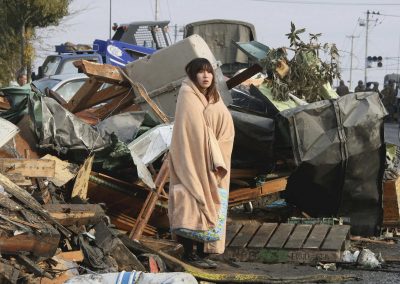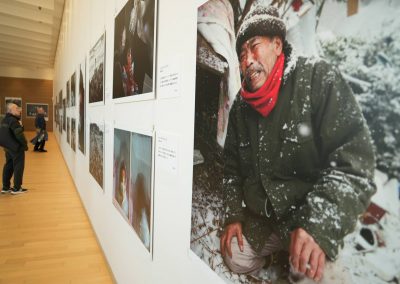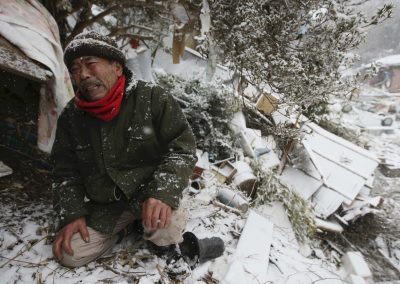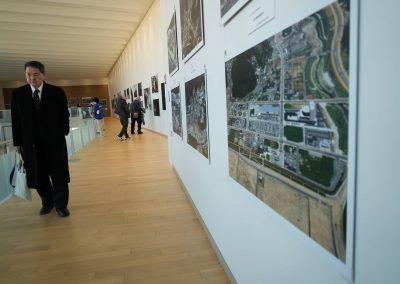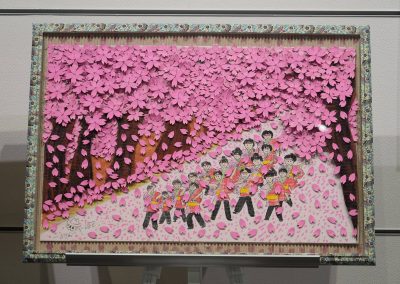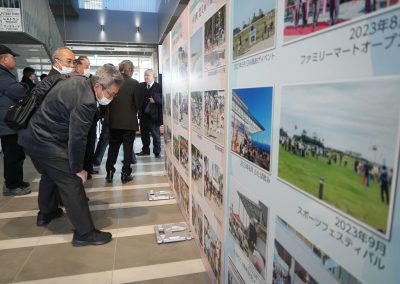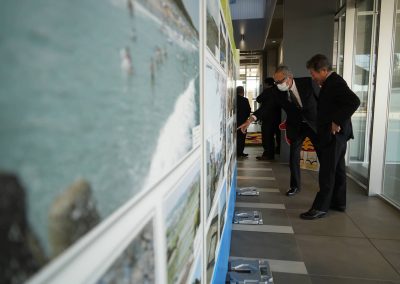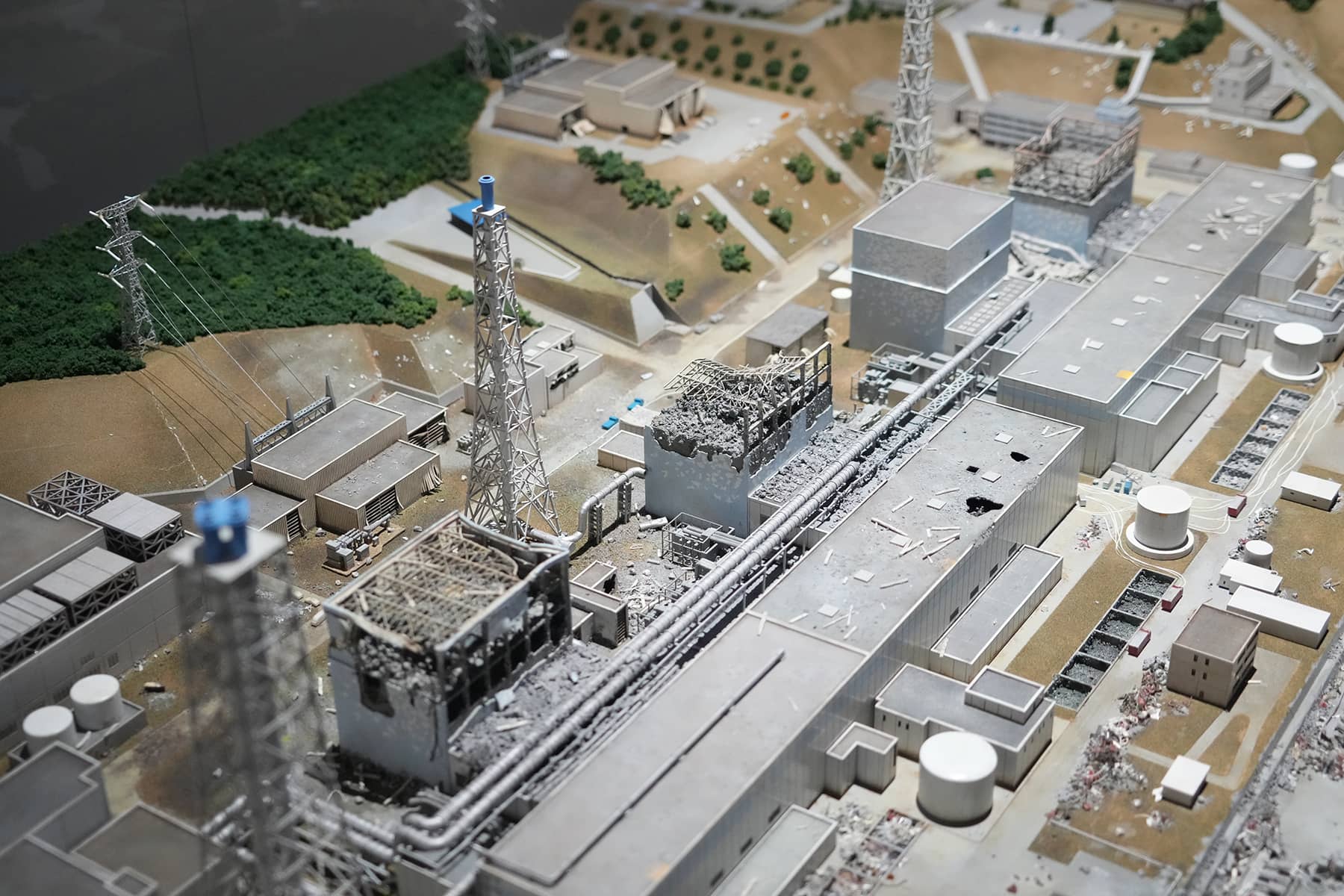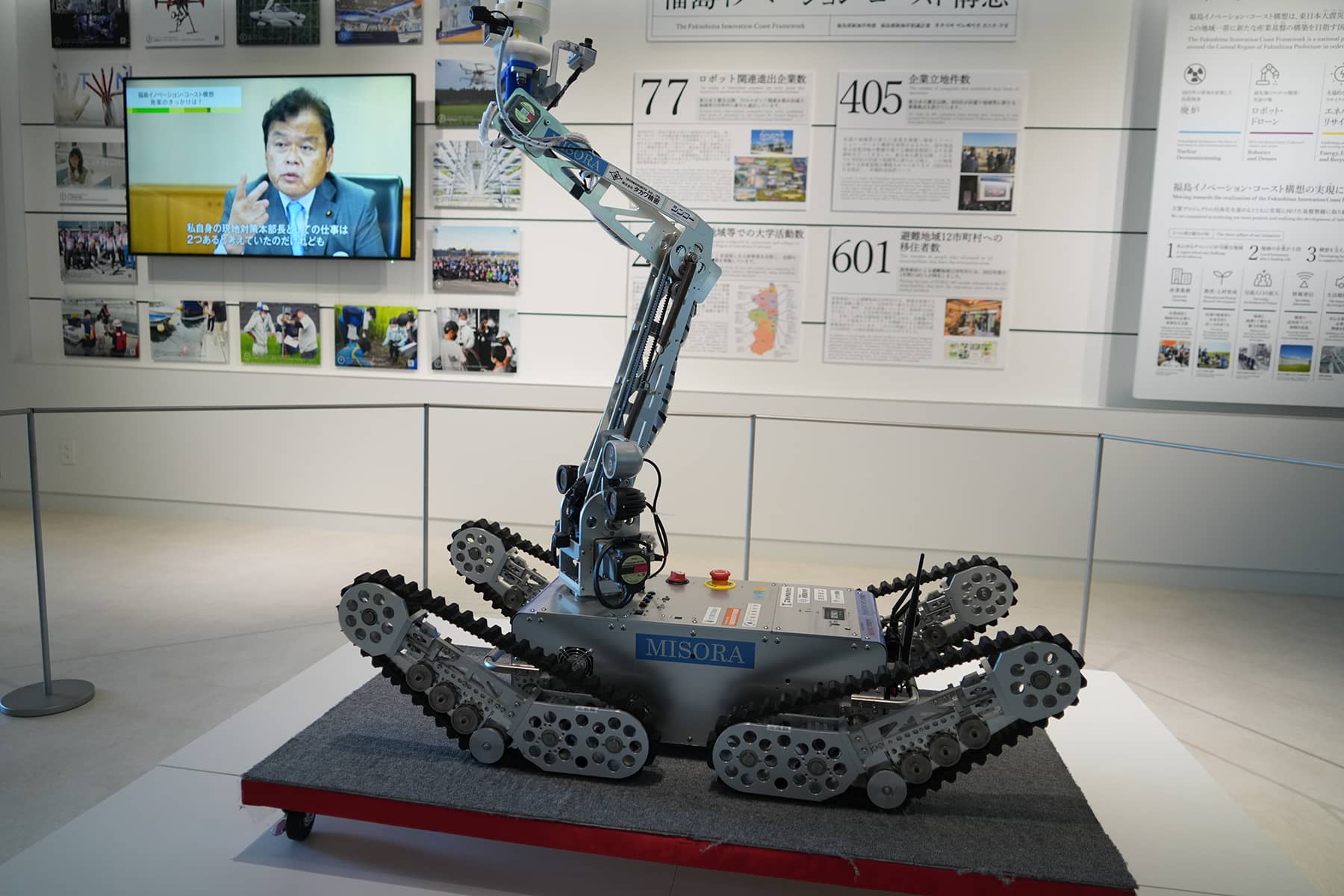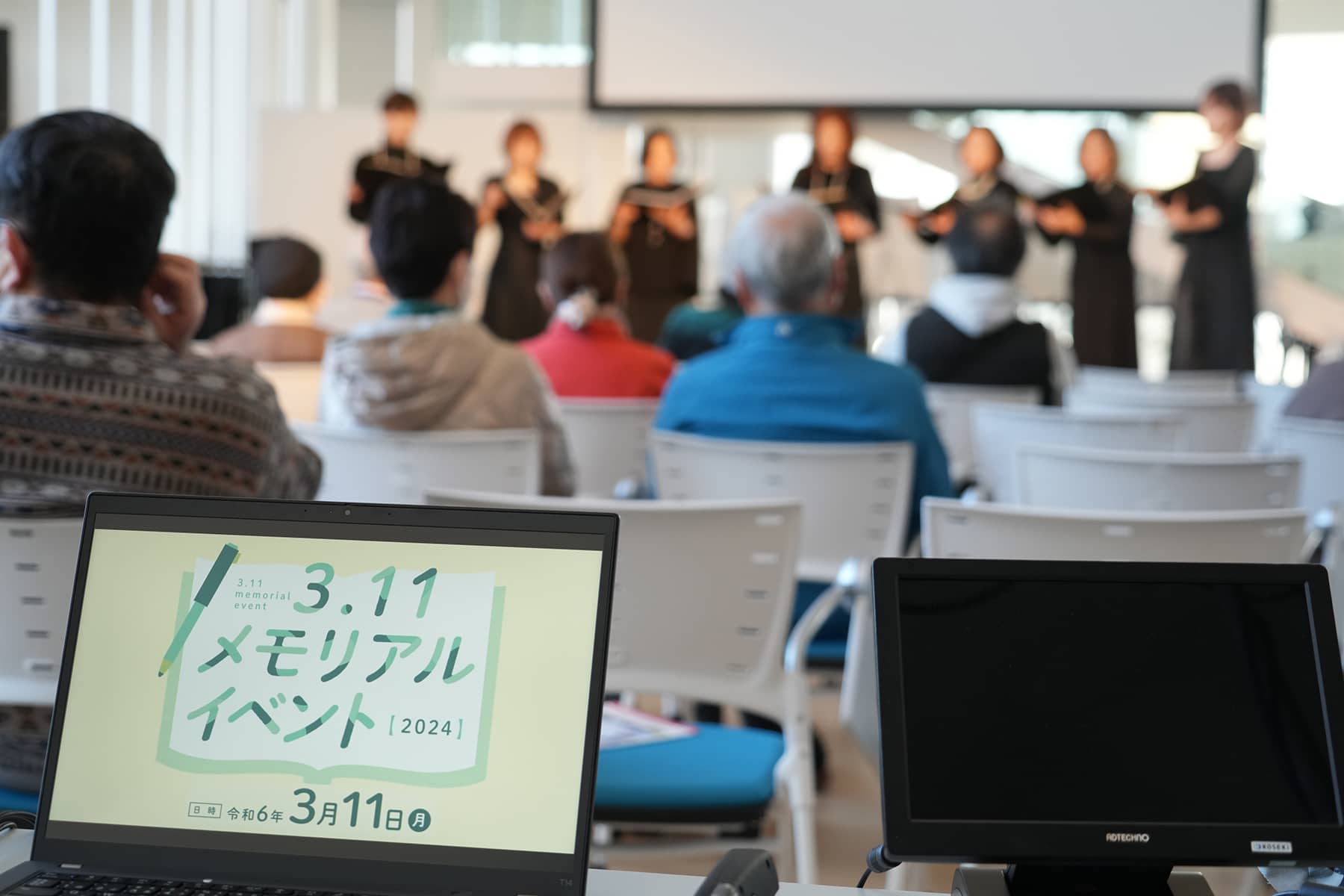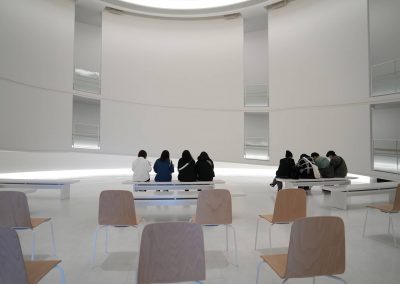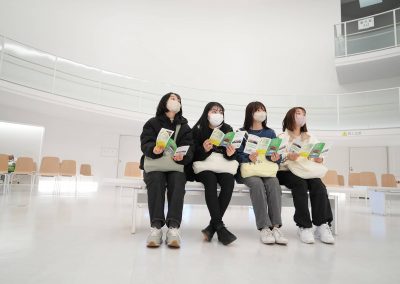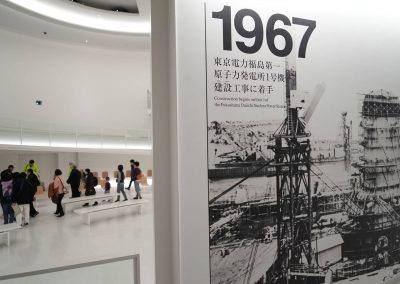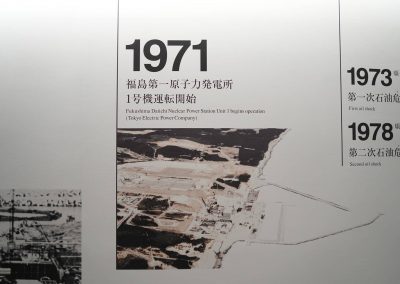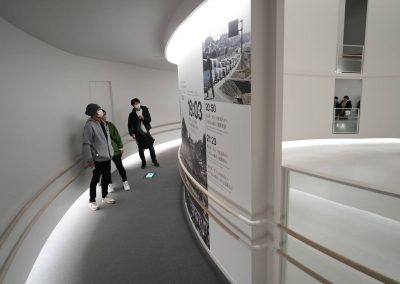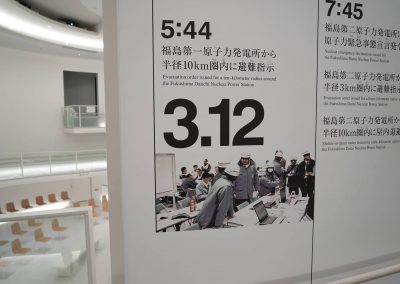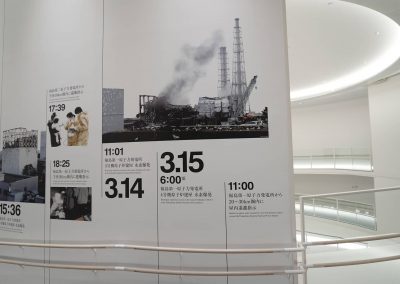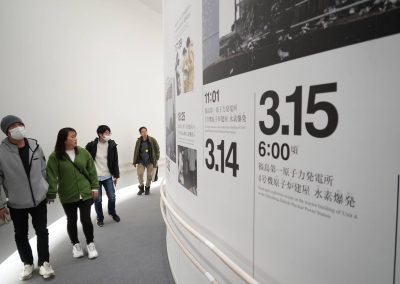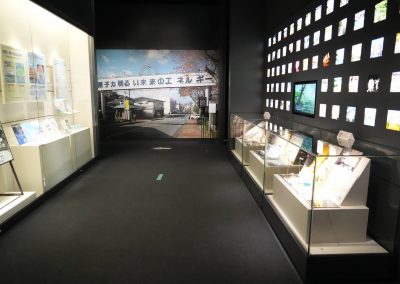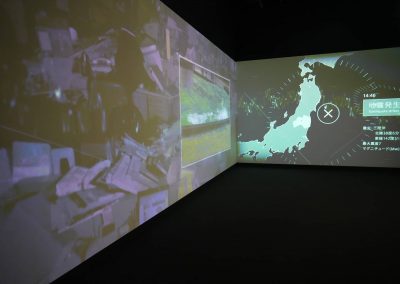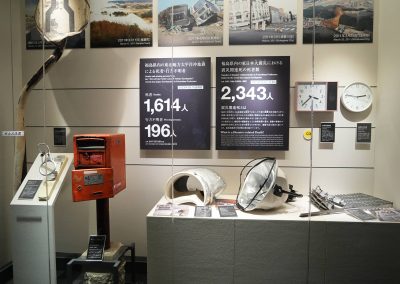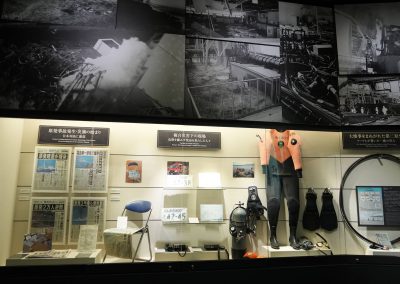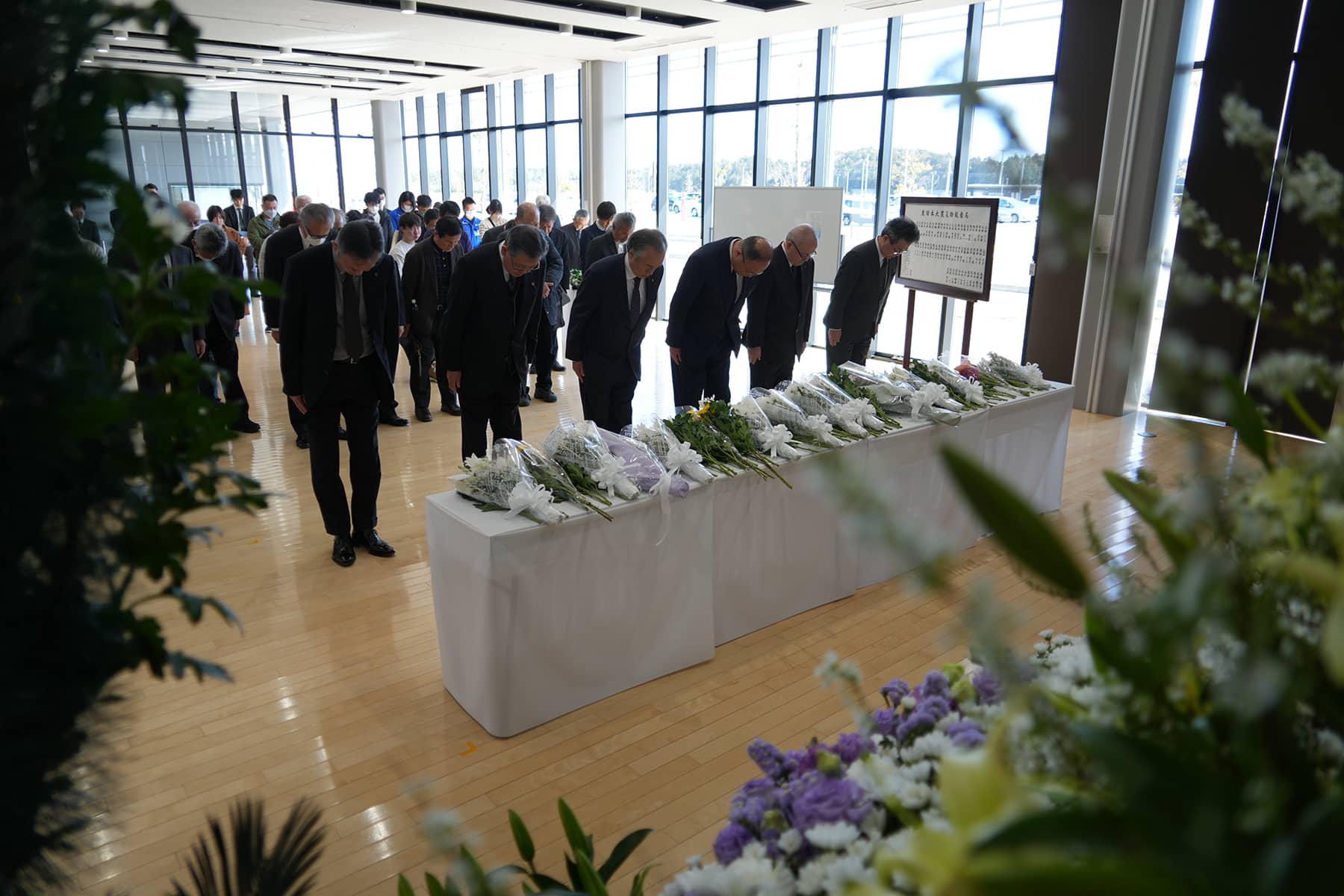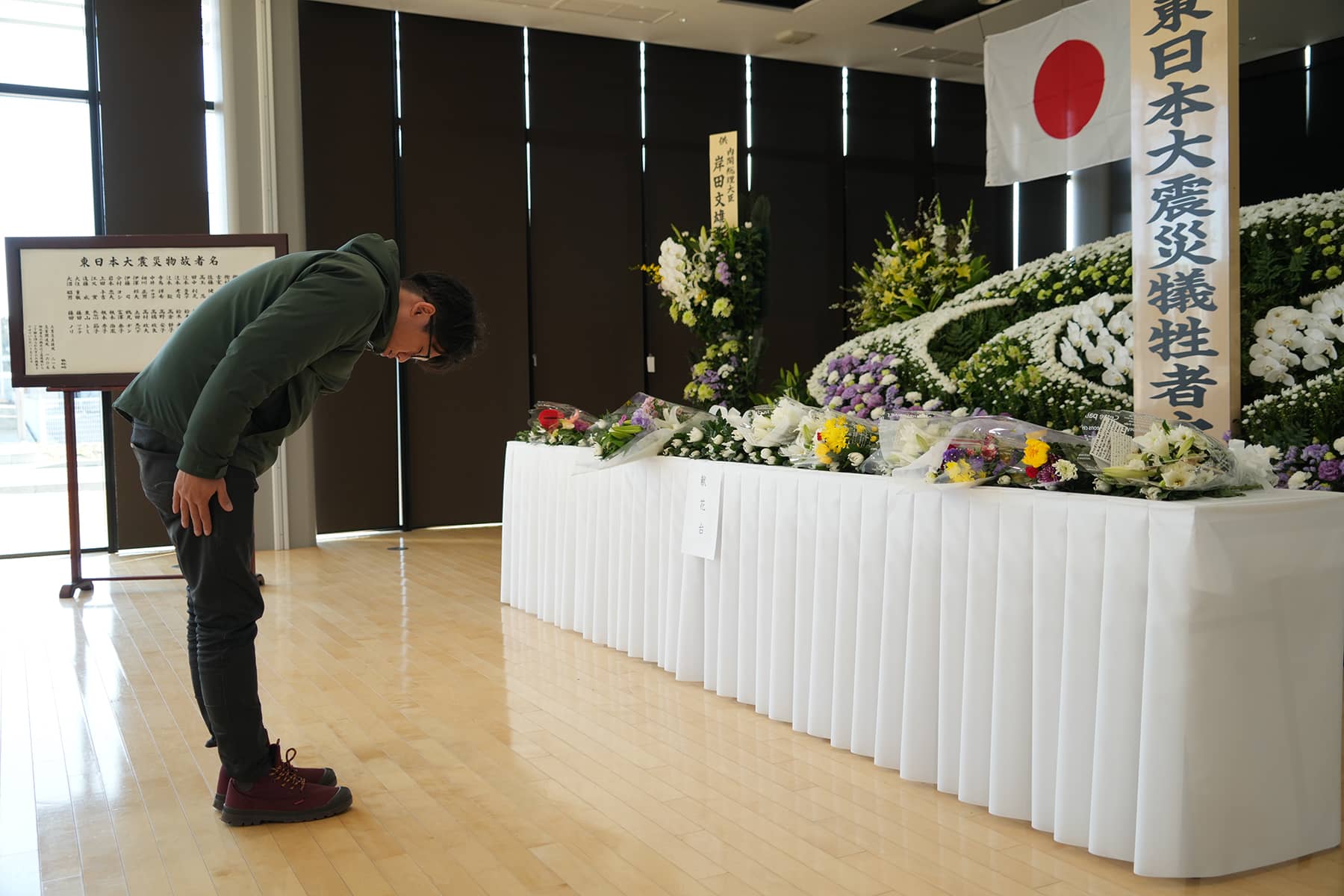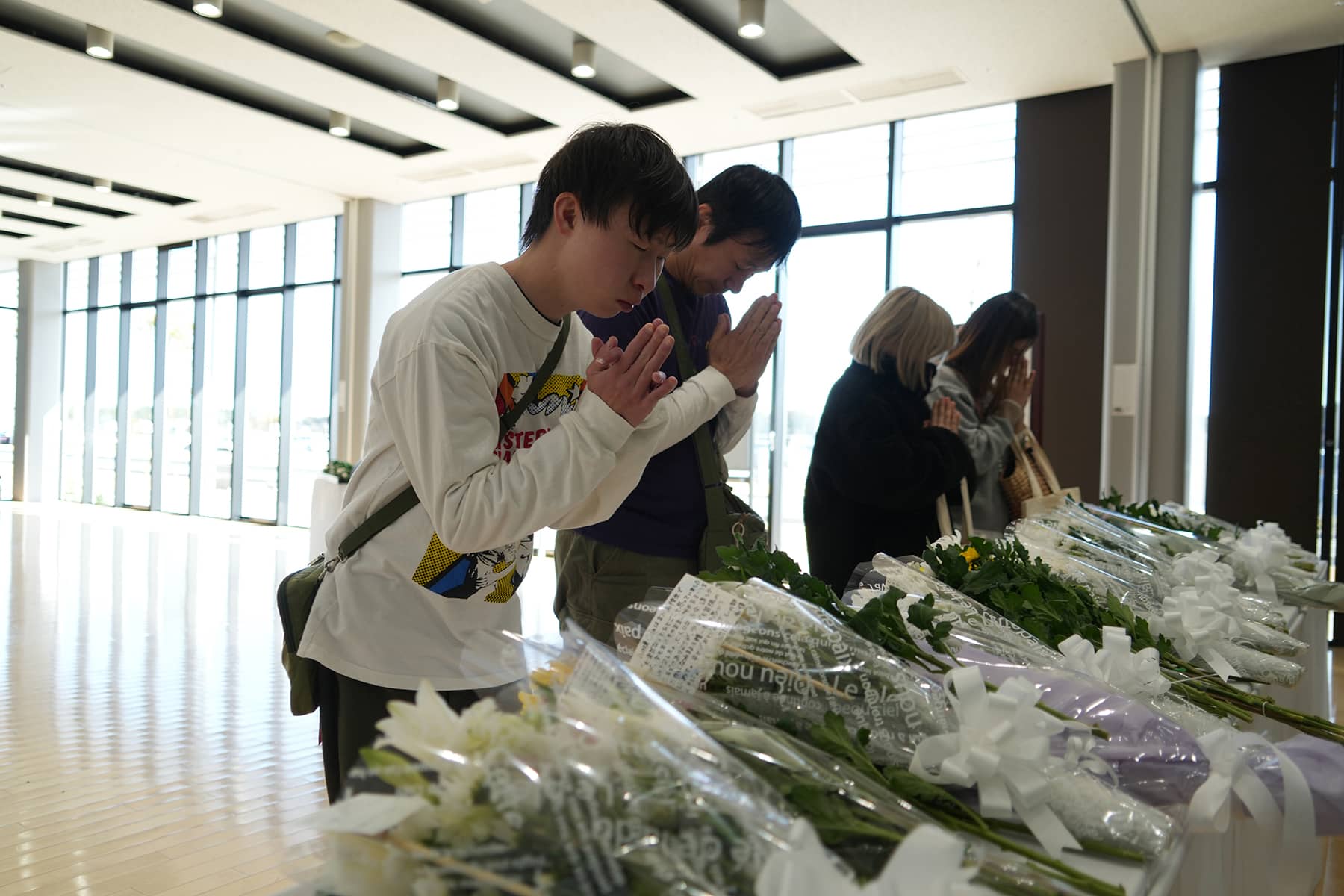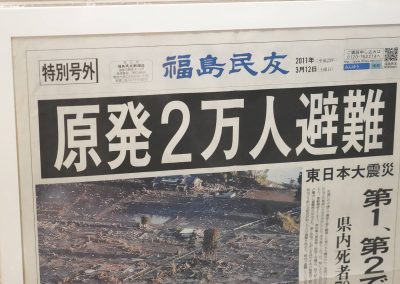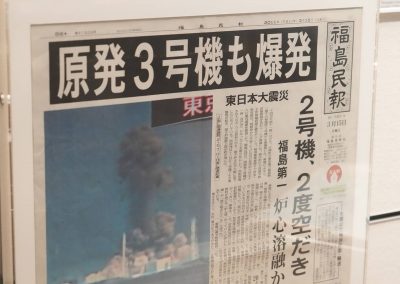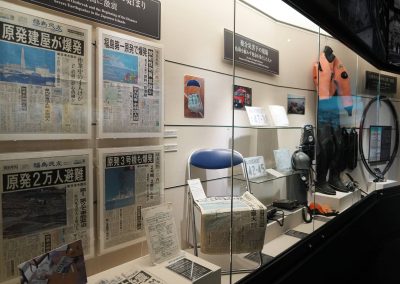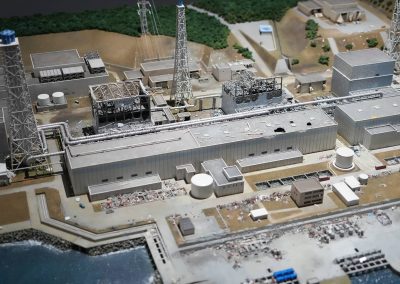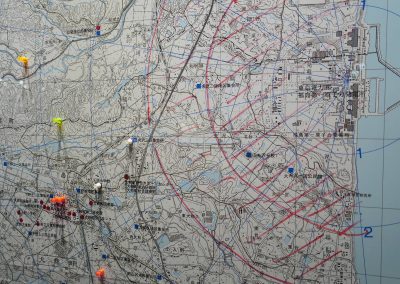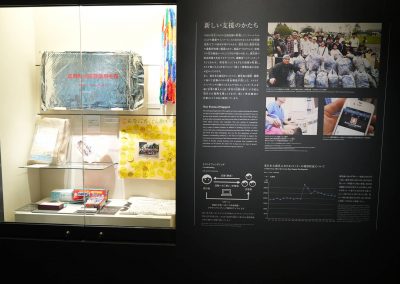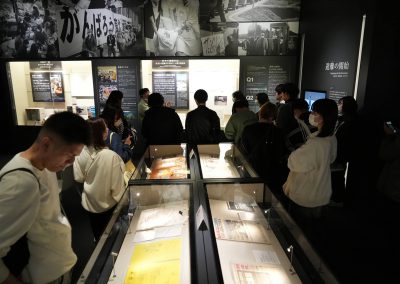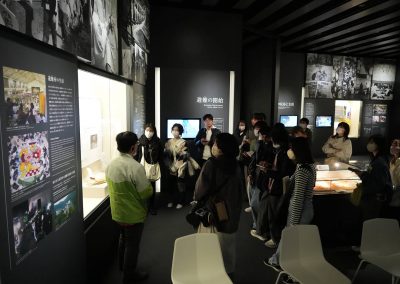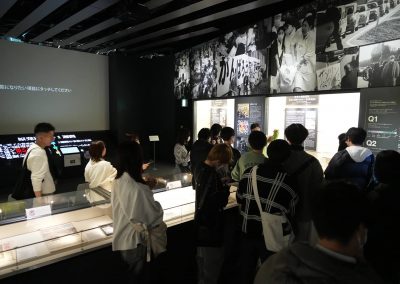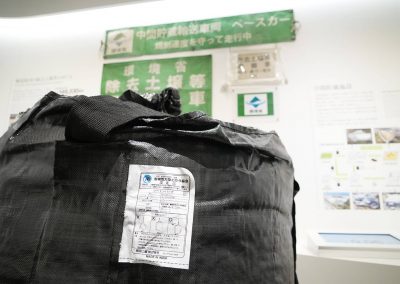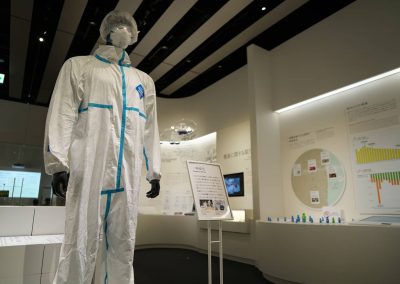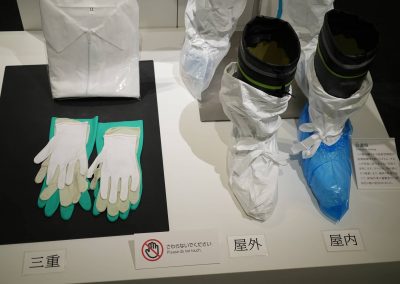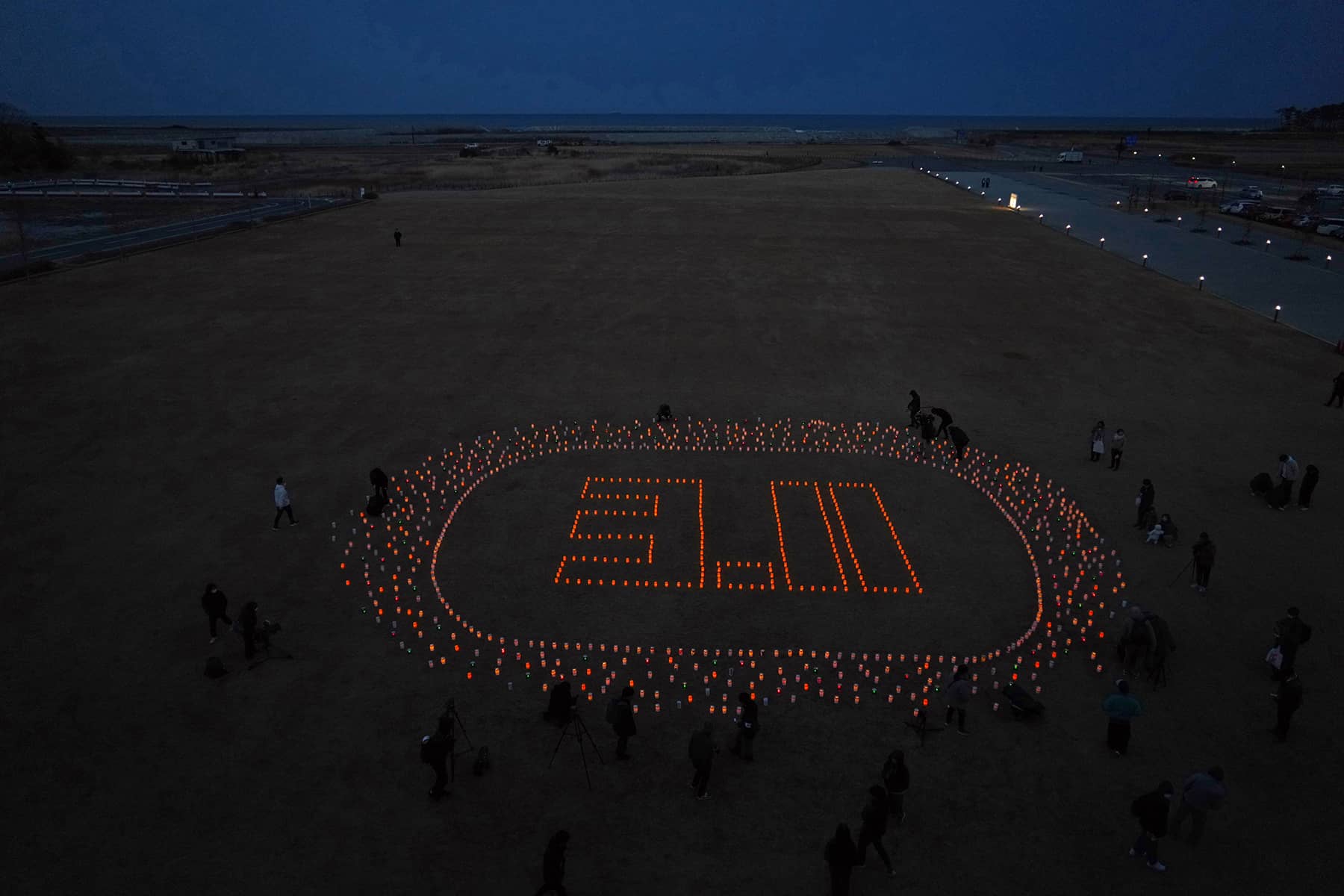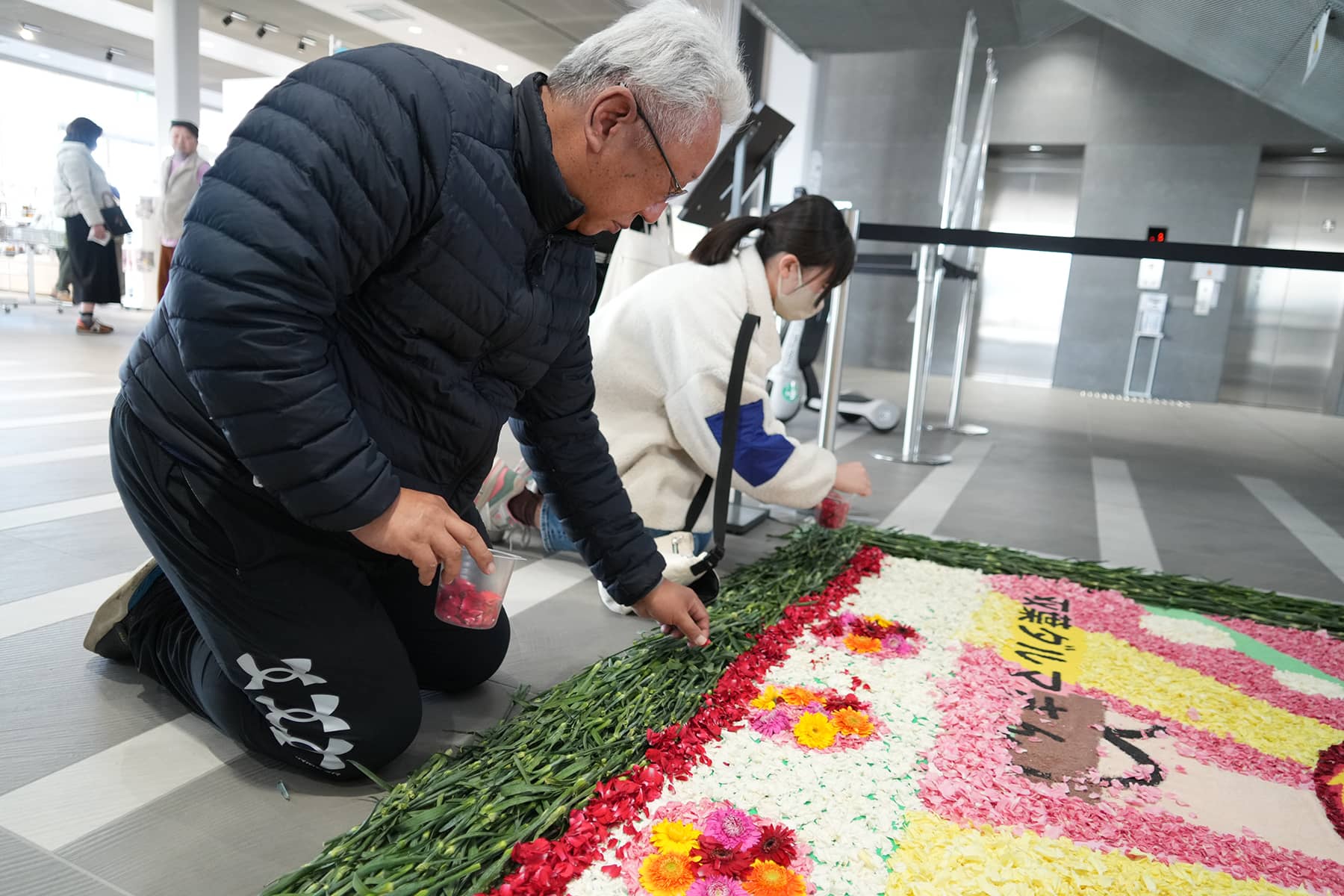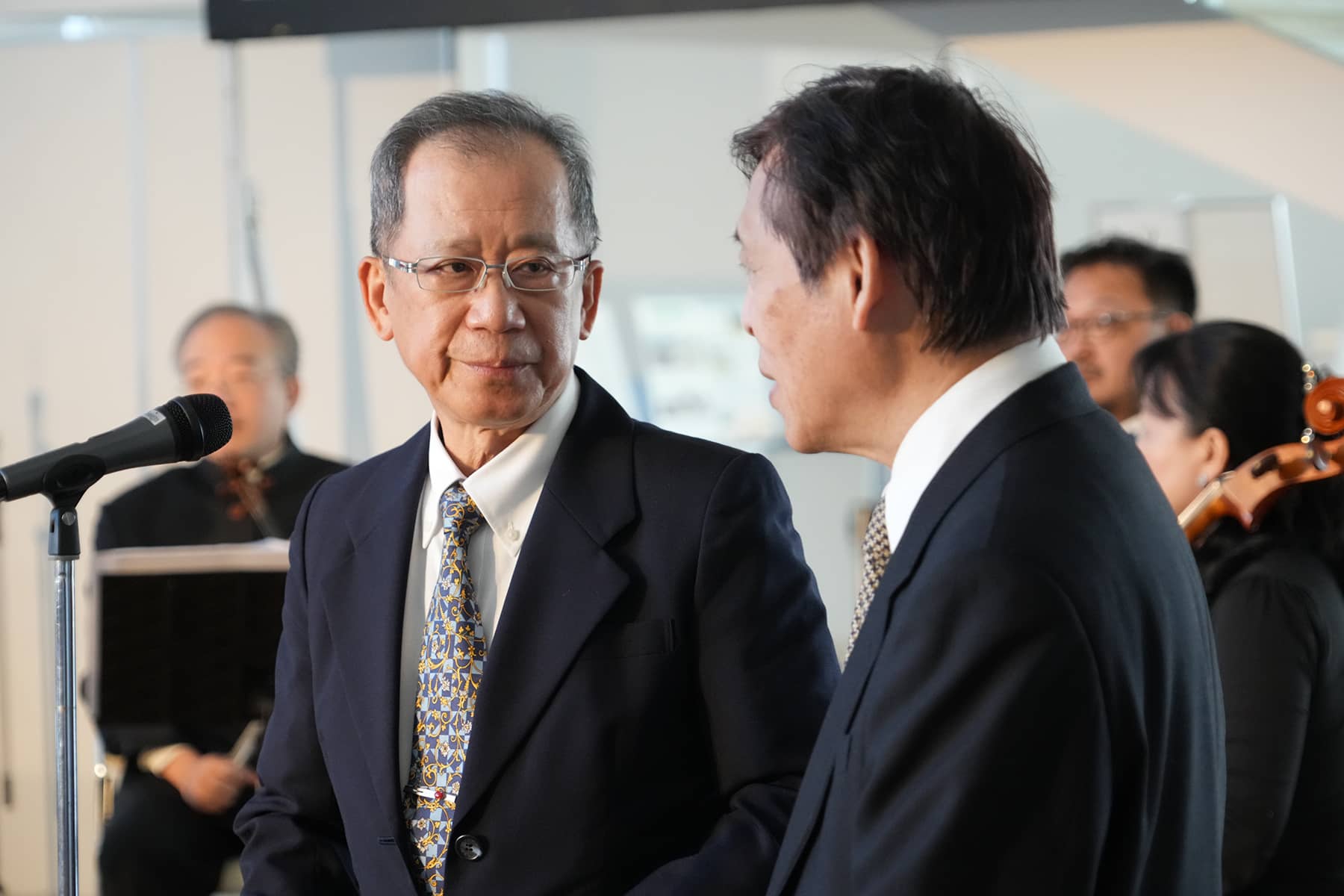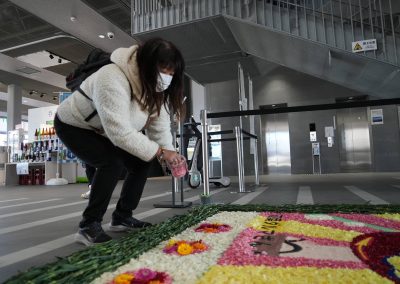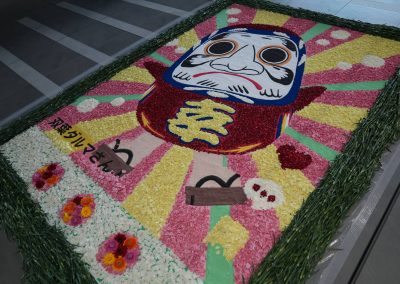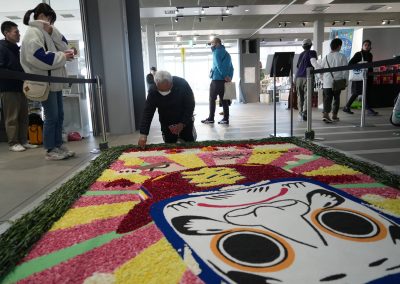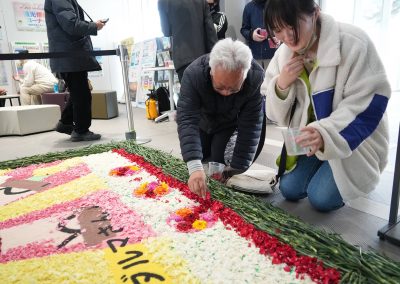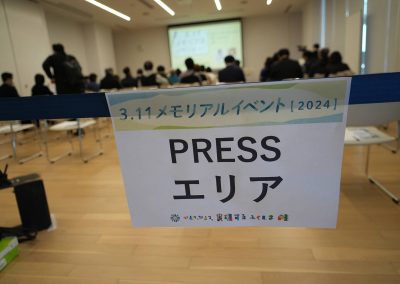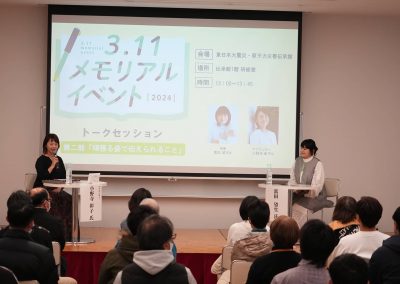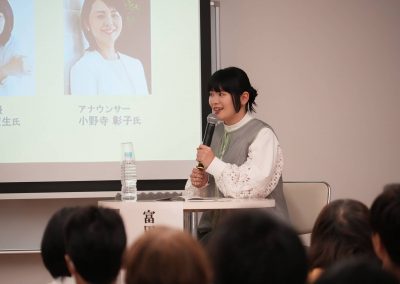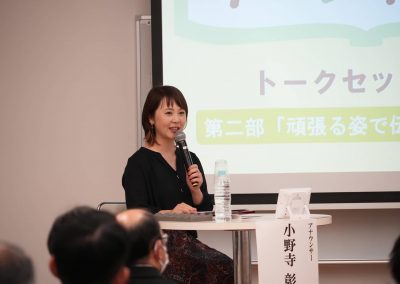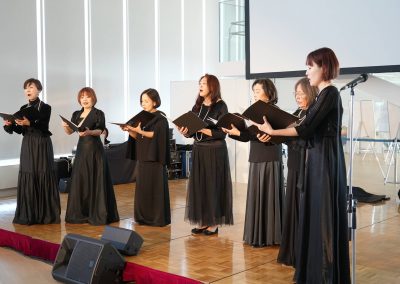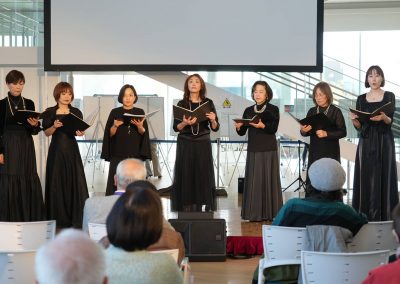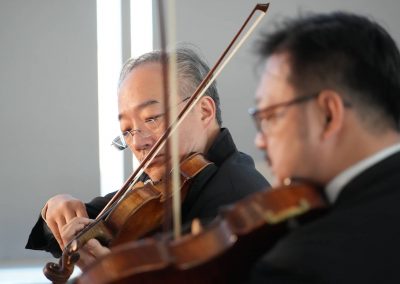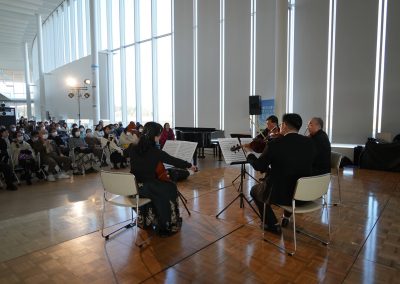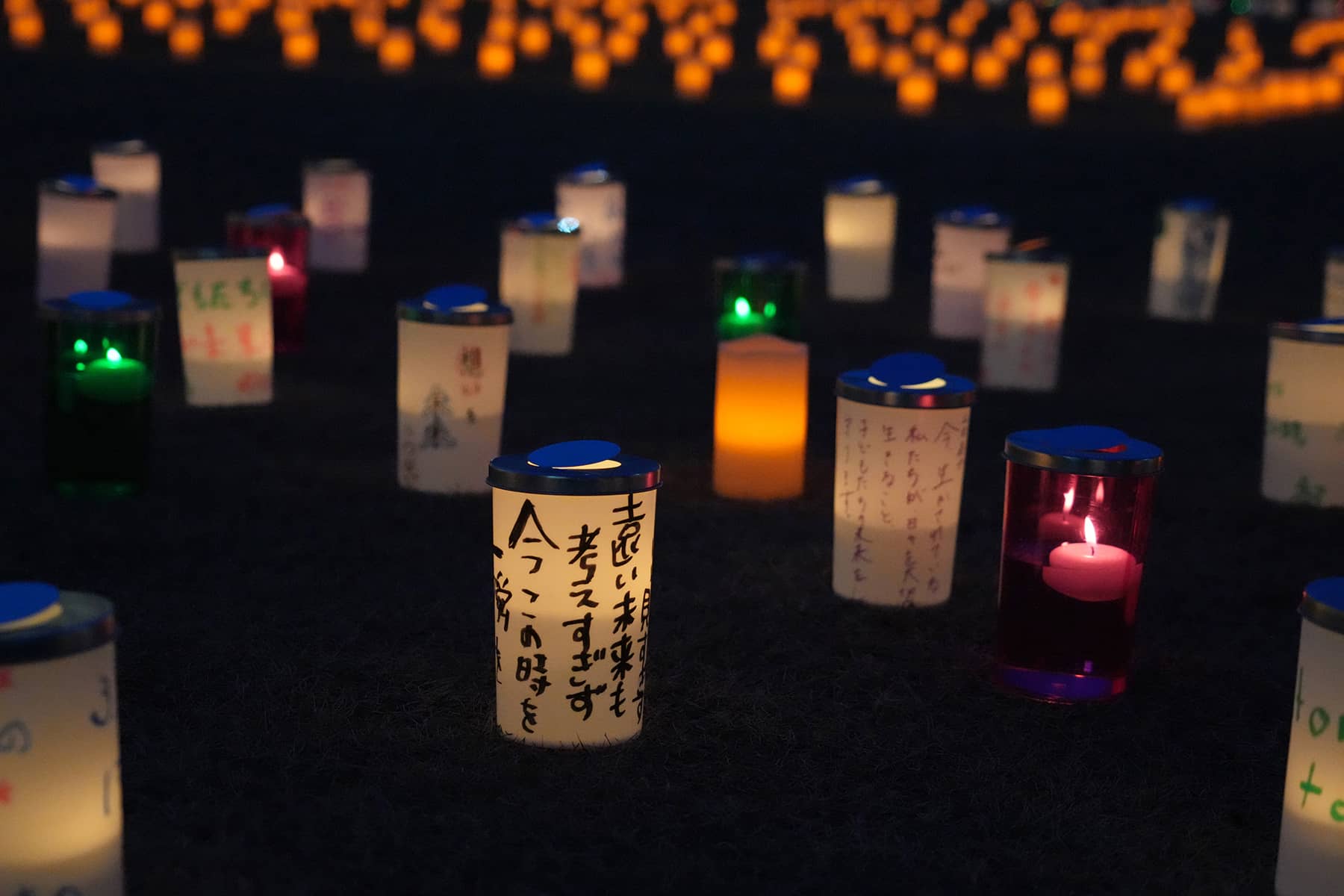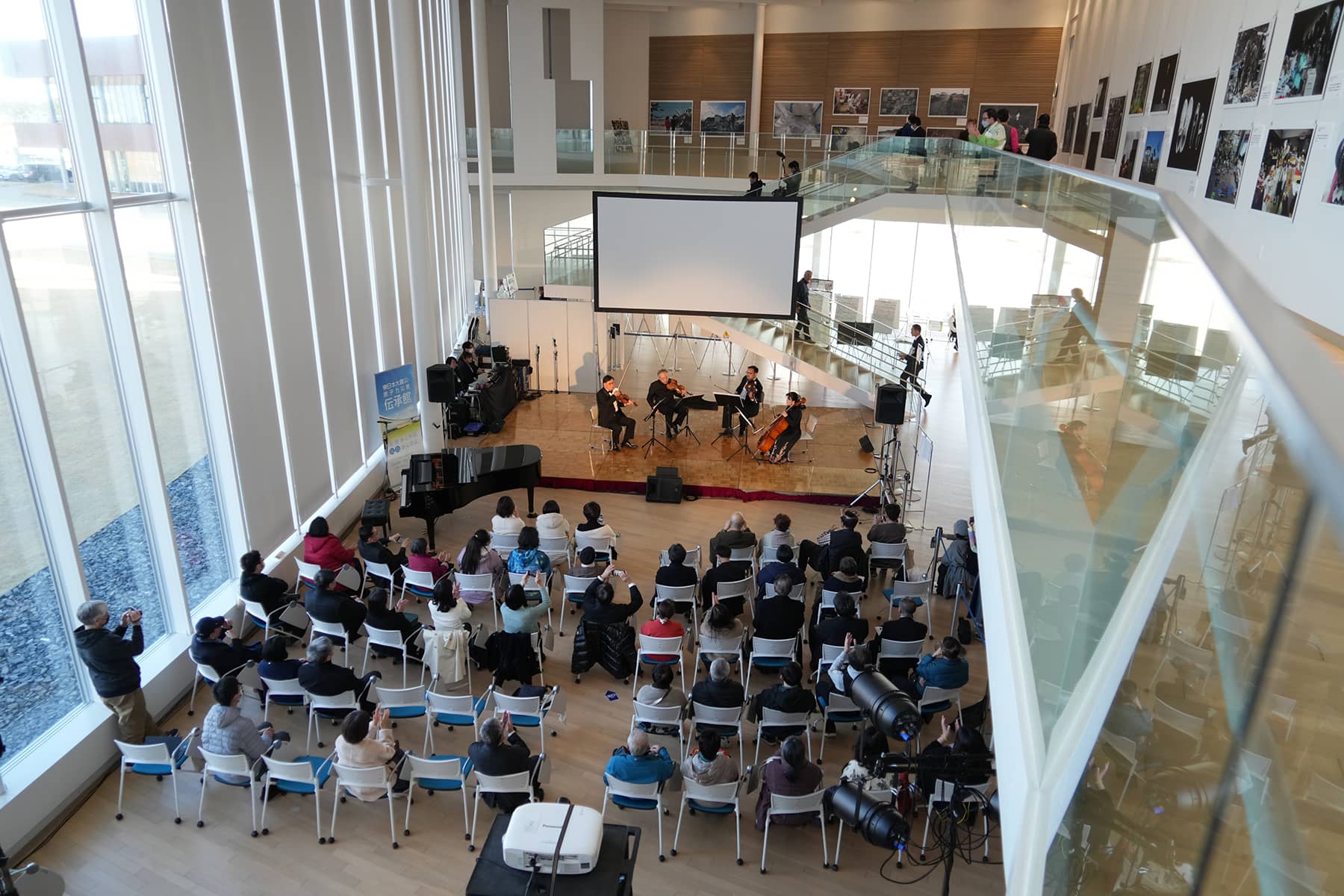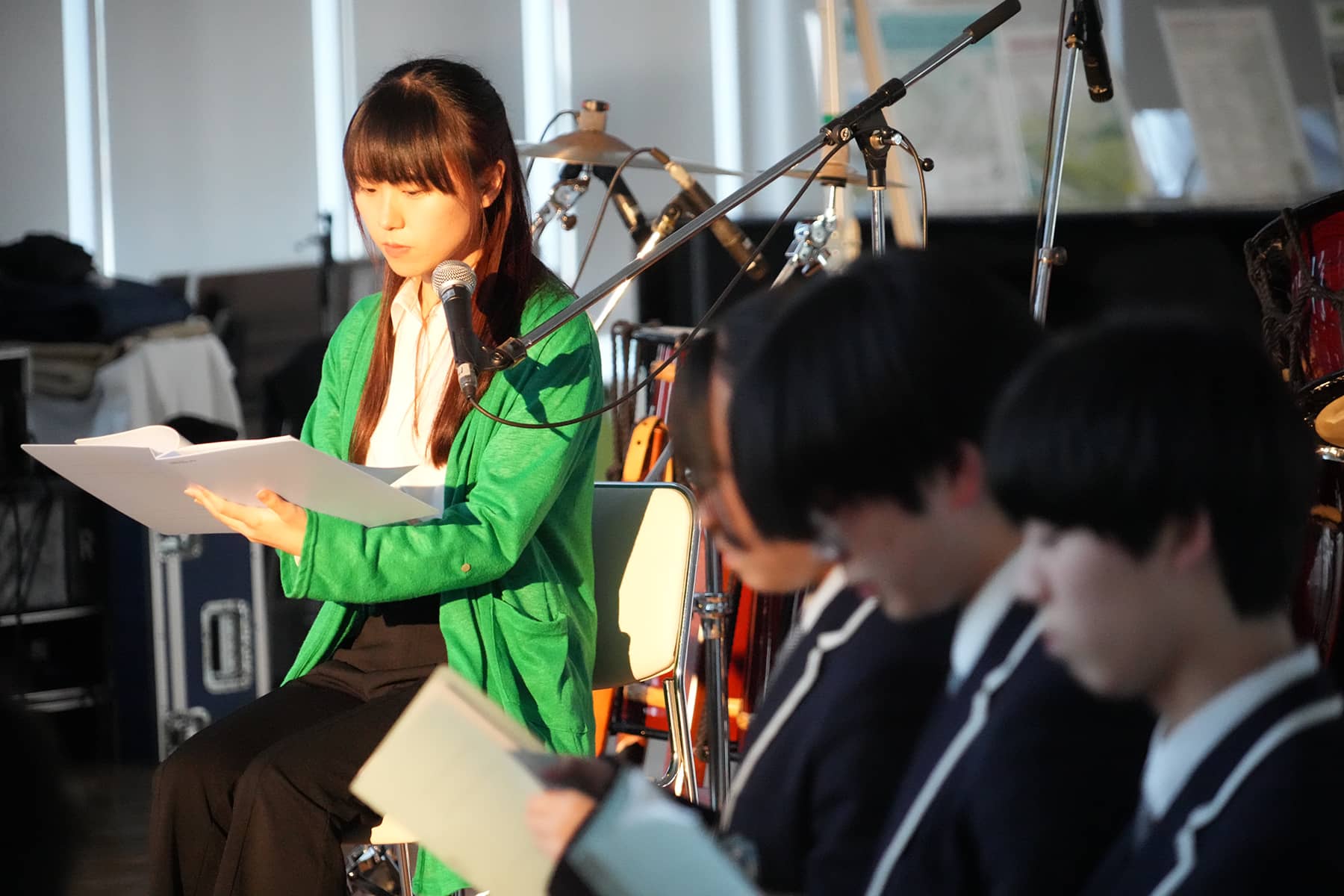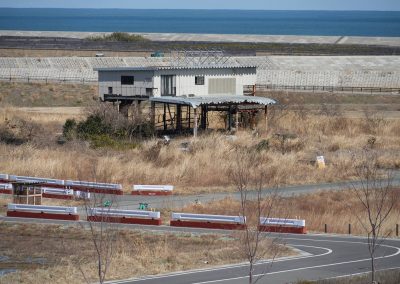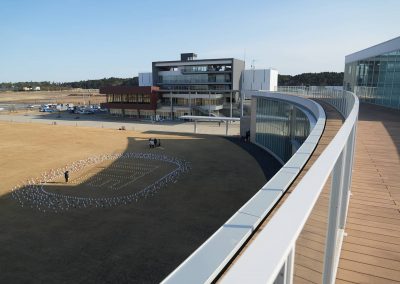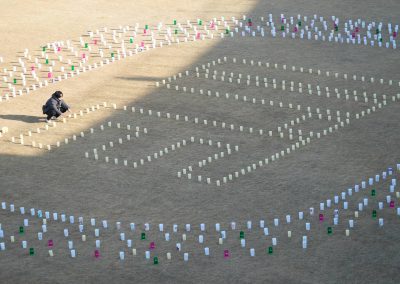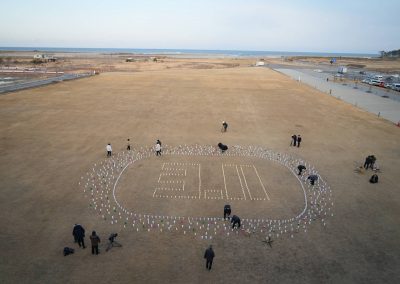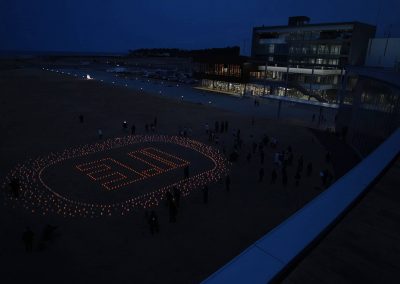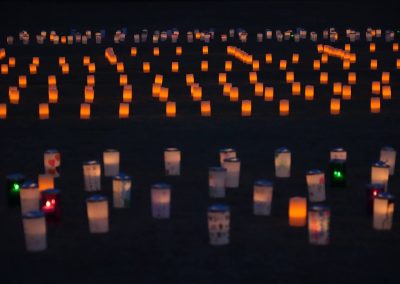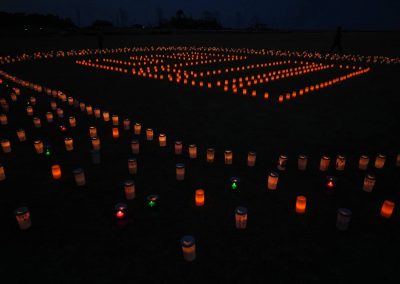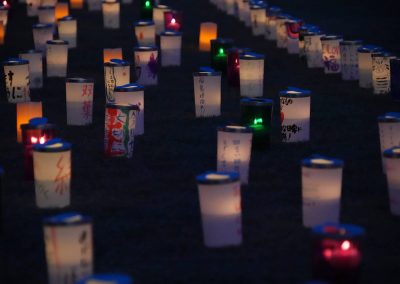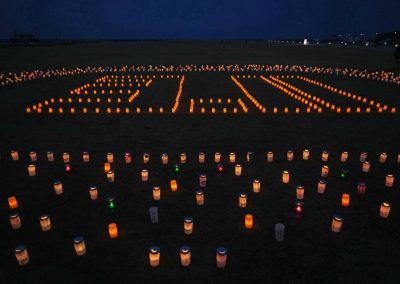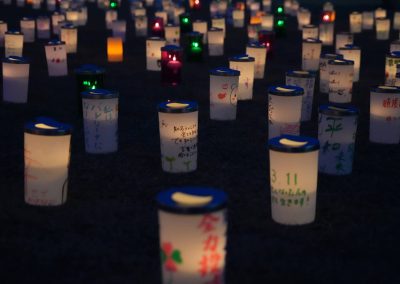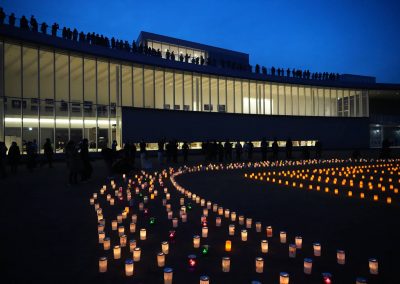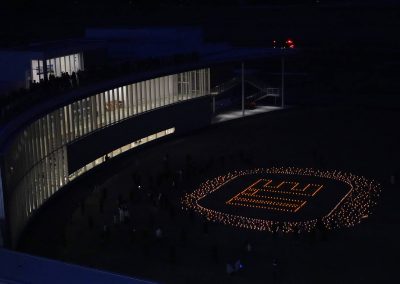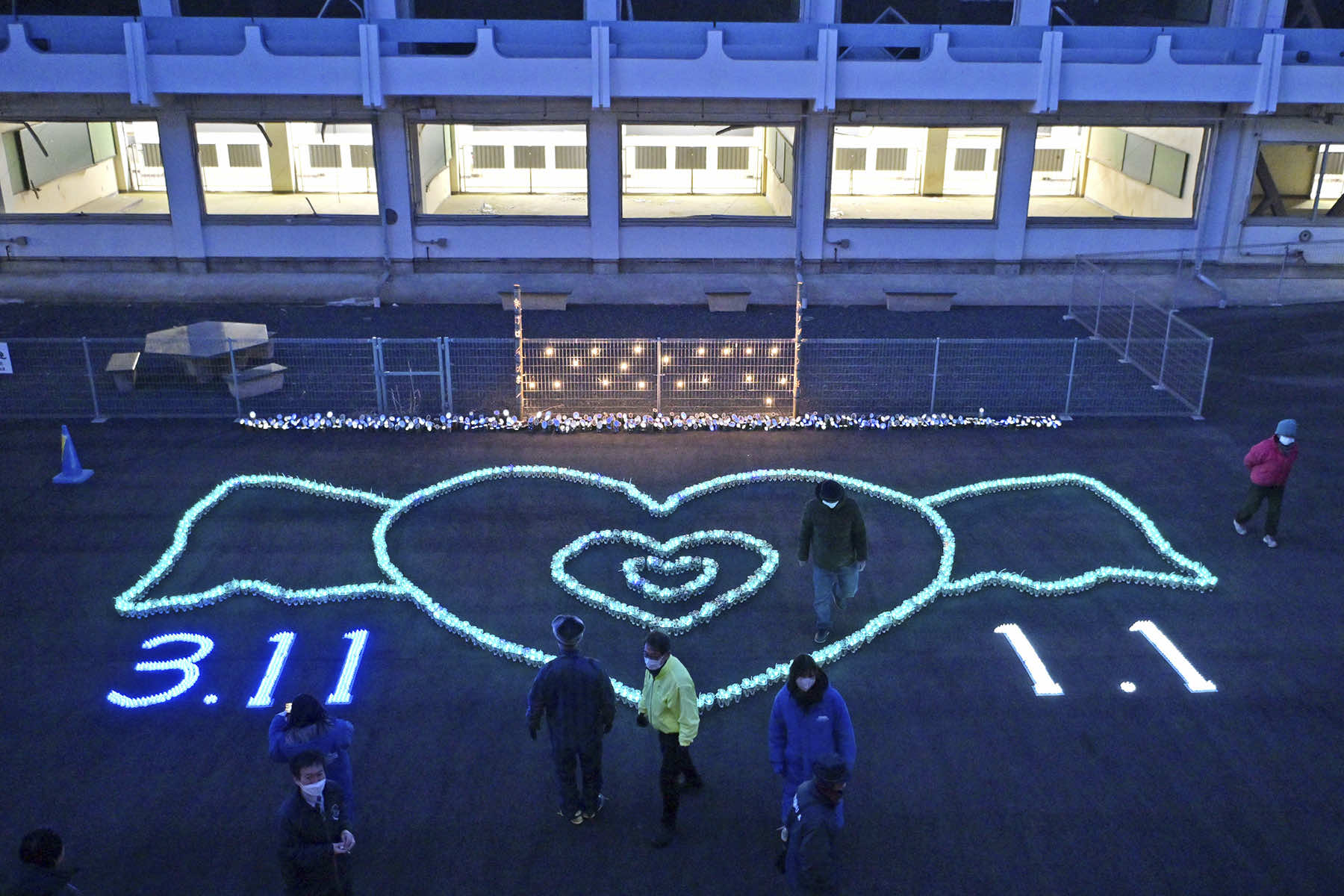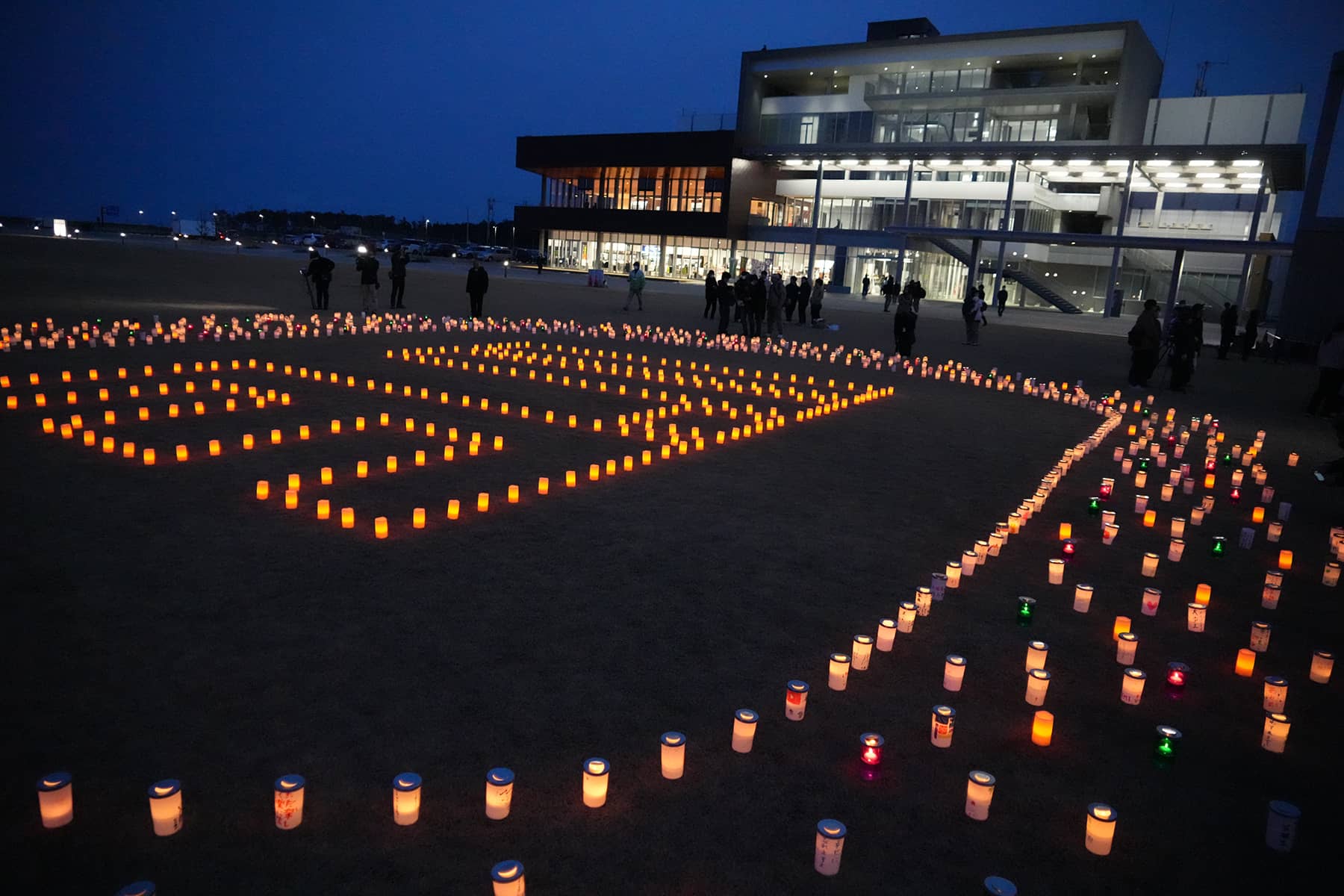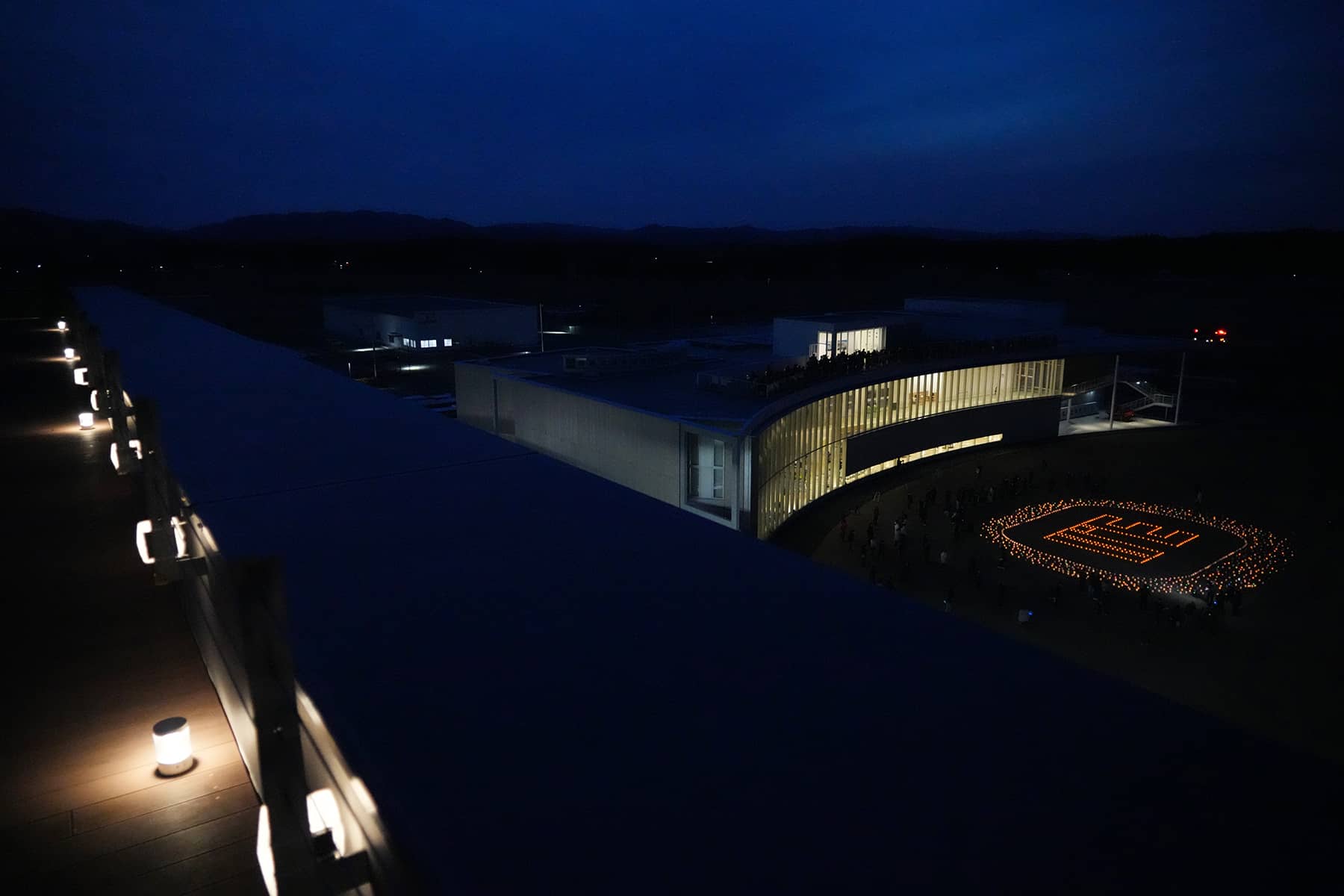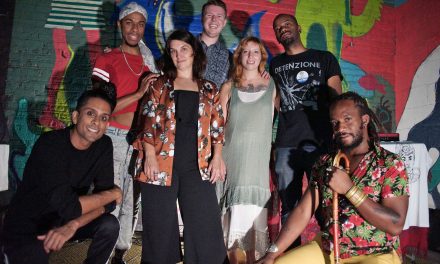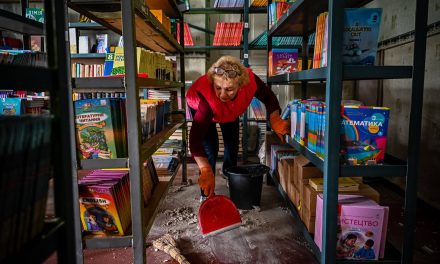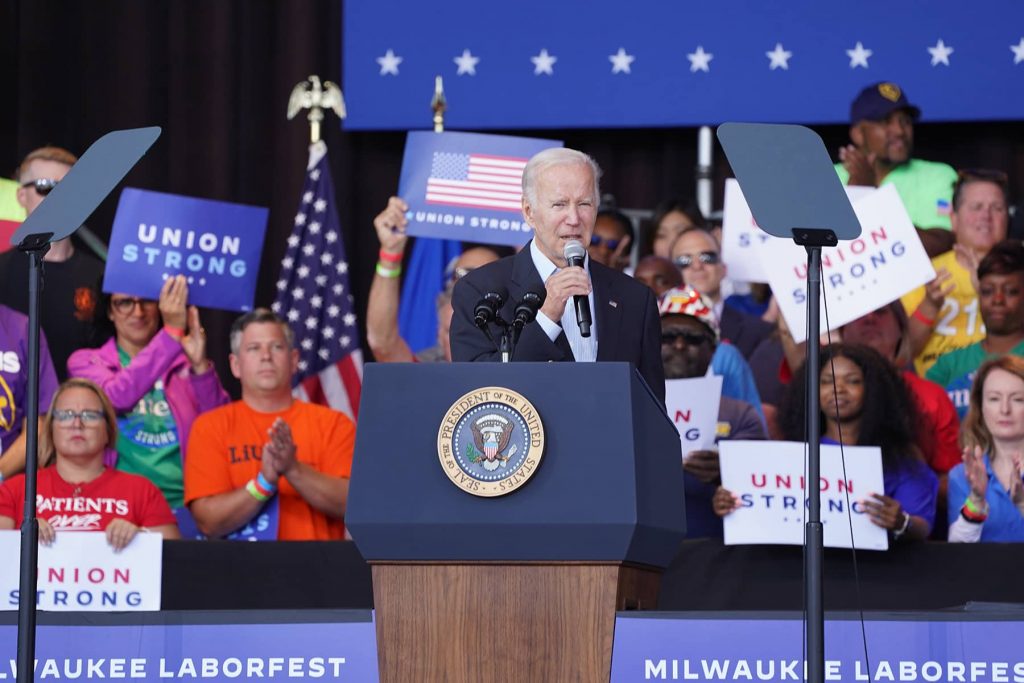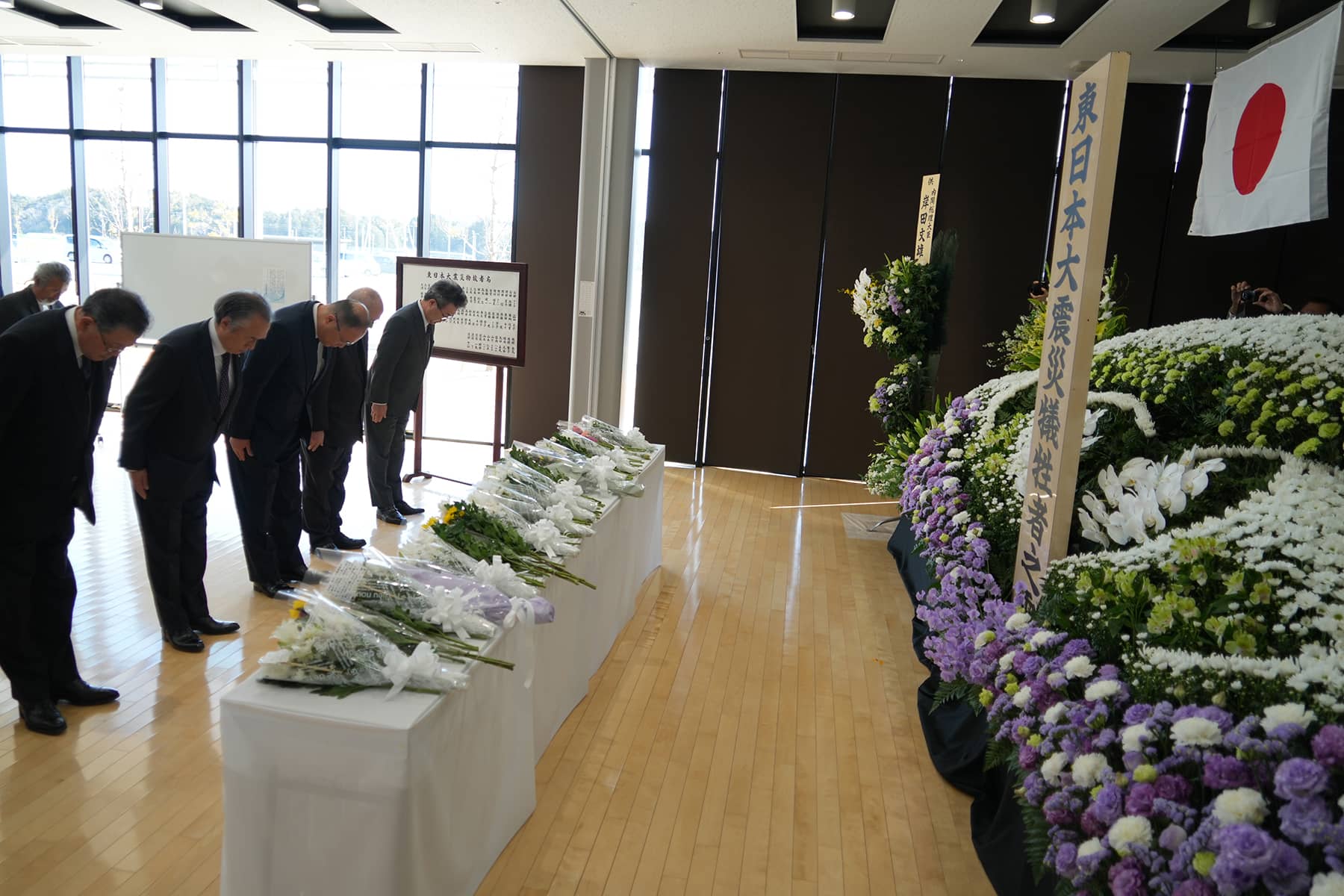
“Milwaukee Independent” joined international journalists in Futaba, Japan, for a heartfelt commemoration that marked the 13th anniversary of the devastating earthquake, tsunami, and nuclear disaster that struck the northeastern coastal region on March 11, 2011.
Attendance by members of the award-winning daily news magazine underscored Milwaukee’s solidarity with the people of Fukushima, and the ongoing efforts to recover and rebuild after the triple catastrophes.
The Great East Japan Earthquake and Nuclear Disaster Memorial Museum hosted a full day of events for the somber occasion on March 11. The institution was created as an educational catalyst for the 2011 disasters.
Located a mere 2.5 miles from the Fukushima Daiichi Nuclear Power Plant in the town of Futaba, the museum has been dedicated to educating visitors and conveying the experiences of those affected by the earthquake, tsunami, and nuclear crisis.
The museum’s mission is aimed to fulfill several key roles. It is a place of sharing detailed accounts and exhibits on the complex nature of the 3.11 disasters – including the causes, impact, and ongoing recovery efforts.
“Those of us who live in Fukushima know that every day we take for granted may not come tomorrow.” – Mahiru Suzuki (Haramachi Daiichi Junior High School) “Letter to the Future”
It also functions as a memorial for victims and survivors, providing a space for reflection and remembrance for those who lost their lives or were displaced by the events. Additionally, the museum has a crucial role in disaster prevention, instructing visitors in preparation for future emergencies.
“I hope that Fukushima will become better known, and that the once solitary landscape will be filled with plenty of buildings and become more vibrant.” – Rin Suzuki (Shirakawa Daini Junior High School) “Letter to the Future”
Through its exhibitions and educational programs, the museum strives to ensure that the experiences of those who lived through the disasters are accurately documented and not forgotten for future generations.
“Passing on the experiences and lessons of the disaster to the next generation is our responsibility as the generation that experienced and survived it.” – Uchibori Masao, Governor of Fukushima Prefecture
The museum’s collection comprises approximately 280,000 items related to the Great East Japan Earthquake and the nuclear disaster. They include photographs of areas before the disaster and materials describing the lives of evacuees at the time of the disaster and thereafter. Its archive includes physical items like videos featuring testimony from survivors. The items and accounts express the magnitude of what happened in 2011 with a personal connection to the damage that was caused by the earthquake, tsunami, and nuclear accident.
“In order to understand ‘Fukushima Today,’ the youths are visiting disaster-stricken areas, directly ‘witnessing’ and ‘experiencing’ the impact of the disaster, learning about it as their own. Through interactions with local communities, a growing circle of friendship and mutual inspiration is observed, creating a new light of brilliance for the future.” – Uchibori Masao, Governor of Fukushima Prefecture
The Great East Japan Earthquake and Nuclear Disaster Memorial Museum produced a special exhibition for 2024 called “People Talk About the Nuclear Disaster.” The testimonies of 11 people affected by the Fukushima Daiichi Nuclear Power Plant accident and subsequent evacuation were displayed throughout the institution.
Throughout the day, the Milwaukee Independent team engaged with local officials, survivors, and relief workers as part of the series documenting the condition of Fukushima’s recovery.
A wide range of personal experiences were presented in the form of videos, photographs, actual materials, timelines, evacuation routes, and “narrative panels” with personal histories that expressed the feelings and situations as events unfolded in 2011. In one example, Masako Watanabe of Okuma Town recalled how she felt when she received relief supplies during her evacuation process.
“It was like I was being confronted with the fact that I was a refugee,” she said.
At exactly 14:46, all of Japan stopped for a minute in remembrance of that fatal day. The time was exact to when the earthquake occurred. Around the grounds of the museum, visitors stopped and offered prayers during the moment of silence.
Shiro Izawa, Mayor of Futaba, was joined by other local officials and members of the public in a special memorial room, where flowers were offered to those friends and family who died on 3.11. The mayor, as is the Japanese custom, gave a deep bow along with other attendees to honor the dead.
The town of Futaba in Fukushima Prefecture became a cautionary tale following the 2011 nuclear disaster. With the evacuation order lifted in August 2022, the town has witnessed significant reconstruction, including a public housing project and the reopening of the Futaba town office. It is home to the Great East Japan Earthquake and Nuclear Disaster Memorial Museum and the Futaba Business Incubation and Community Center, both pivotal in educating visitors about the disaster’s impact. Located a mere 2.5 miles from the Fukushima Daiichi Nuclear Power Plant, these centers offer a unique perspective on the disaster, including personal stories from survivors that help emphasize the human aspect of the tragedy. The town’s efforts towards rebuilding and memorialization serve as an educational resource, highlighting the ongoing challenges and lessons learned from natural and man-made disasters.
“There are many challenges that Fukushima must overcome in the future. Even so, I will face forward and do my best to do what I can for the future.” – Meru Kobari (Shirakawa Daini Junior High School) “Letter to the Future”
The devastating Great East Japan Earthquake and tsunami claimed the lives of over 22,000 people in 2011. The extent and speed of the recovery over that time has varied by region. Urban areas like Sendai have been resurgent, while coastal areas devastated by the tsunami still struggling with the rebuilding of livelihoods and industries.
According to Japanese government reports, over 29,000 people are still living as 3.11 evacuees, more than 26,000 of them displaced by the nuclear accident. Since 2021, Fukushima Prefecture has initiated projects to provide financial support for people moving back into the 12 municipalities around the nuclear plant. Decontamination efforts have progressed in some difficult-to-return zones, allowing for evacuation orders to be gradually lifted since June 2022.
The town of Futaba, which co-hosts the Fukushima Daiichi plant, began allocating public disaster housing to returnees in October of 2022. But as of March 1, 2024, the town’s population stood at just 102 people. It was a fraction of the pre-disaster figure of 7,140. Roughly 60% of current residents moved in from other areas.
Over the week prior to and following March 11, a team from Milwaukee Independent worked within 2.5 miles of the Daiichi site, entering what had been a restricted area until 2023 due to radiation concerns. It is important to note that the nuclear plant is actually in Fukushima Prefecture and not the city of Fukushima, as news reports often conflate its location. To be technical, its official address is in the town of Okuma, in the district of Futaba – which also encompasses a city of the same name, in the prefecture of Fukushima.
The events in Fukushima were also personal for one member of the visiting Milwaukee Independent team. Photojournalist Lee Matz, who had been living in Japan prior to the 2011 disaster, lost his home in Sendai from the tsunami. The Milwaukee Independent assignment from February to March 2024 was the first time since those traumatic days that Matz had set foot in the country.
His personal experience and reflections on the disaster over his years of reporting have provided an intimate link between Milwaukee and Fukushima. That perspective also carried over with his photojournalism in other disaster areas, caused either by war or nature.
Covering international conflicts with connections to Milwaukee has been a primary focus of his photojournalism, since the COVID-19 pandemic. While the world has moved on and forgotten tragedies after they stopped making headlines, Matz has worked to document and humanize the people struggling with long-term or uncertain recoveries.
His connection to Fukushima, just like many other places from Milwaukee to Irpin, is not just through the lens of his camera or as a subject of his editorial writing. He makes the experiences relatable to the public. If that fails, he strives to make situations so compelling and personal that people cannot turn a blind eye to them. The stories and images from Fukushima are just the latest examples of that effort.
3.11 Exploring Fukushima
- Journey to Japan: A photojournalist’s diary from the ruins of Tōhoku 13 years later
- Timeline of Tragedy: A look back at the long struggle since Fukushima's 2011 triple disaster
- New Year's Aftershock: Memories of Fukushima fuels concern for recovery in Noto Peninsula
- Lessons for future generations: Memorial Museum in Futaba marks 13 years since 3.11 Disaster
- In Silence and Solidarity: Japan Remembers the thousands lost to earthquake and tsunami in 2011
- Fukushima's Legacy: Condition of melted nuclear reactors still unclear 13 years after disaster
- Seafood Safety: Profits surge as Japanese consumers rally behind Fukushima's fishing industry
- Radioactive Waste: IAEA confirms water discharge from ruined nuclear plant meets safety standards
- Technical Hurdles for TEPCO: Critics question 2051 deadline for decommissioning Fukushima
- In the shadow of silence: Exploring Fukushima's abandoned lands that remain frozen in time
- Spiral Staircase of Life: Tōhoku museums preserve echoes of March 11 for future generations
- Retracing Our Steps: A review of the project that documented nuclear refugees returning home
- Noriko Abe: Continuing a family legacy of hospitality to guide Minamisanriku's recovery
- Voices of Kataribe: Storytellers share personal accounts of earthquake and tsunami in Tōhoku
- Moai of Minamisanriku: How a bond with Chile forged a learning hub for disaster preparedness
- Focus on the Future: Futaba Project aims to rebuild dreams and repopulate its community
- Junko Yagi: Pioneering a grassroots revival of local businesses in rural Onagawa
- Diving into darkness: The story of Yasuo Takamatsu's search for his missing wife
- Solace and Sake: Chūson-ji Temple and Sekinoichi Shuzo share centuries of tradition in Iwate
- Heartbeat of Miyagi: Community center offers space to engage with Sendai's unyielding spirit
- Unseen Scars: Survivors in Tōhoku reflect on more than a decade of trauma, recovery, and hope
- Running into history: The day Milwaukee Independent stumbled upon a marathon in Tokyo
- Roman Kashpur: Ukrainian war hero conquers Tokyo Marathon 2024 with prosthetic leg
- From Rails to Roads: BRT offers flexible transit solutions for disaster-struck communities
- From Snow to Sakura: Japan’s cherry blossom season feels economic impact of climate change
- Potholes on the Manga Road: Ishinomaki and Kamakura navigate the challenges of anime tourism
- The Ako Incident: Honoring the 47 Ronin’s legendary samurai loyalty at Sengakuji Temple
- "Shōgun" Reimagined: Ambitious TV series updates epic historical drama about feudal Japan
- Enchanting Hollywood: Japanese cinema celebrates Oscar wins by Hayao Miyazaki and Godzilla
- Toxic Tourists: Geisha District in Kyoto cracks down on over-zealous visitors with new rules
- Medieval Healing: "The Tale of Genji" offers insight into mysteries of Japanese medicine
- Aesthetic of Wabi-Sabi: Finding beauty and harmony in the unfinished and imperfect
- Riken Yamamoto: Japanese architect wins Pritzker Prize for community-centric designs
MI Staff (Japan)
Lее Mаtz

